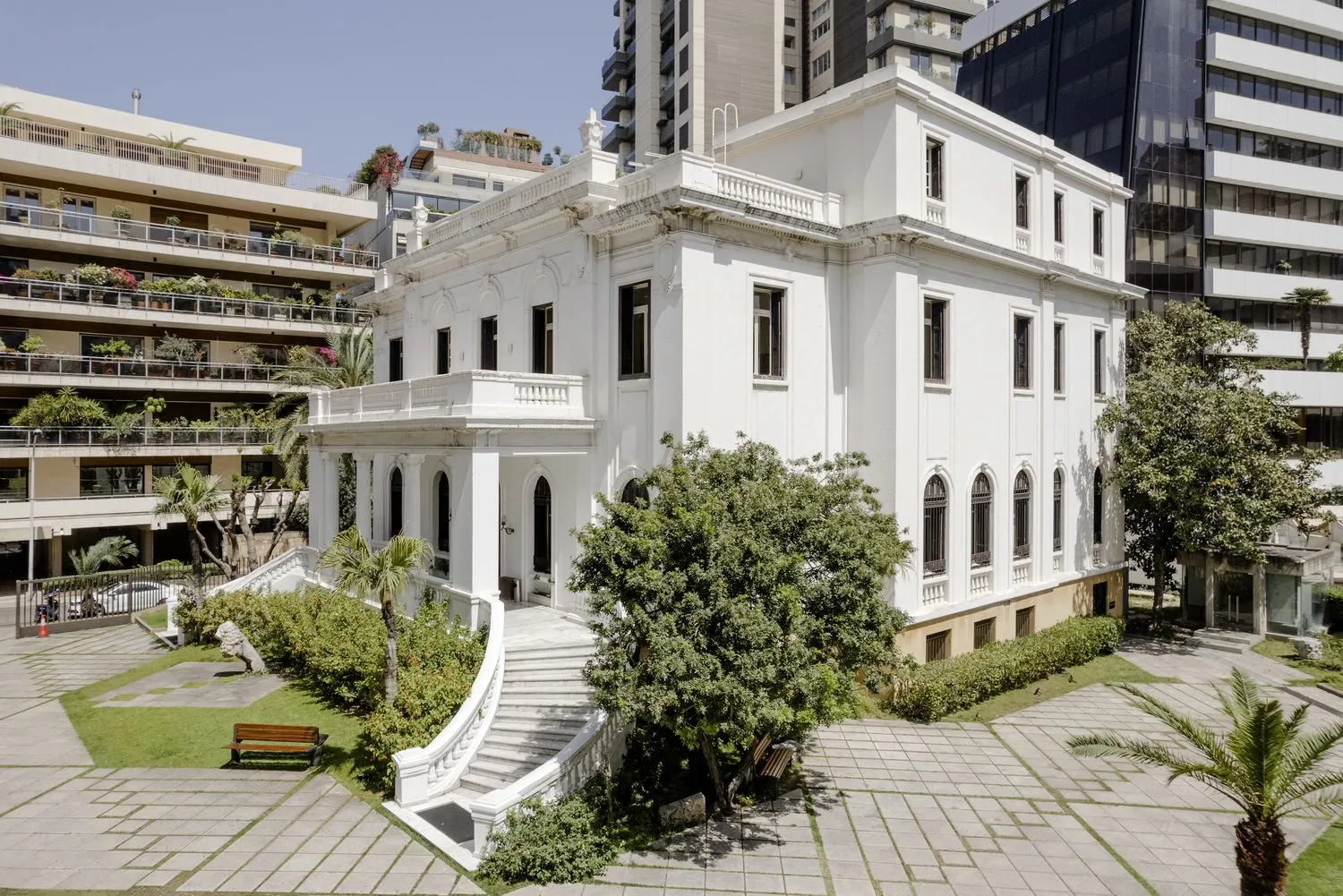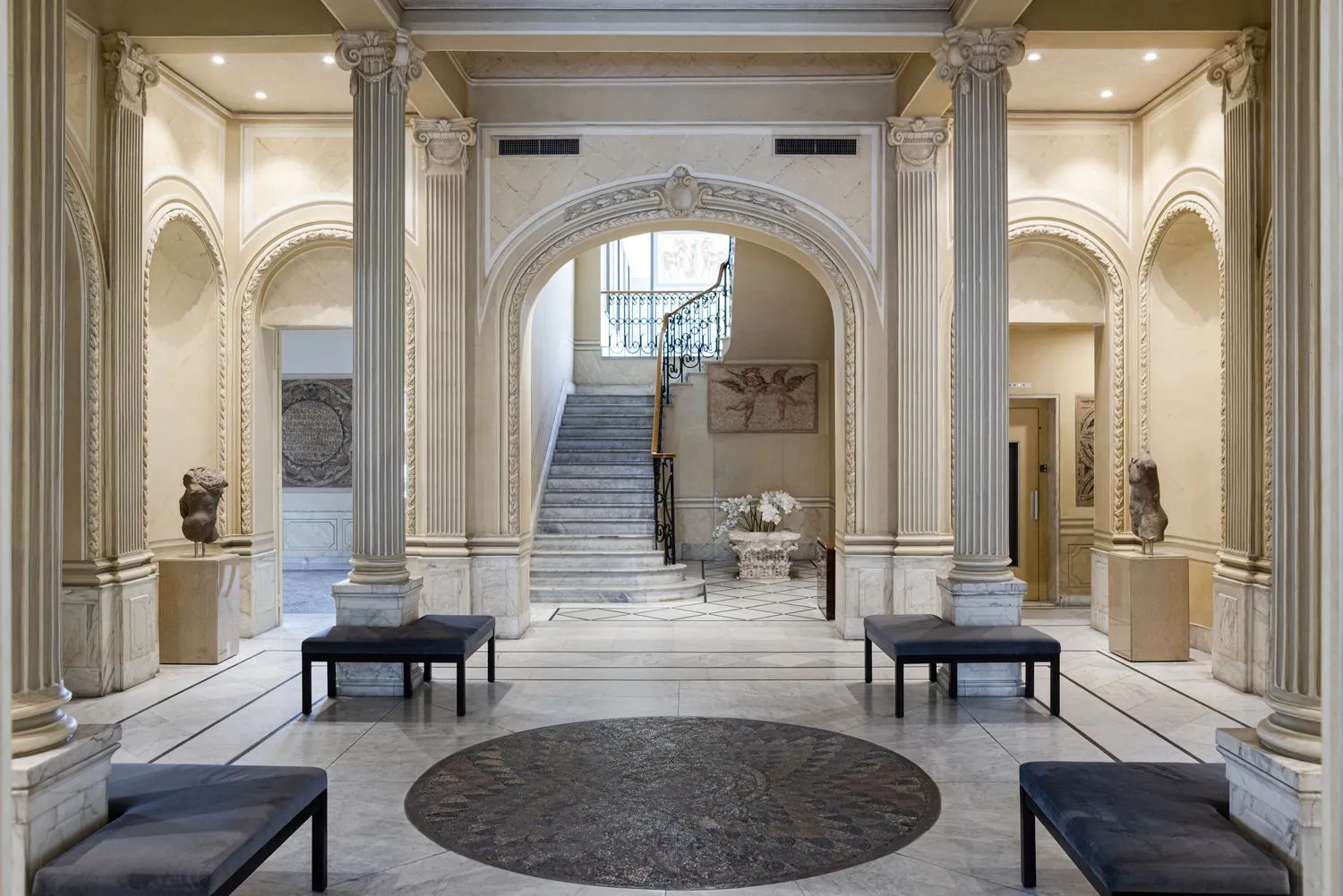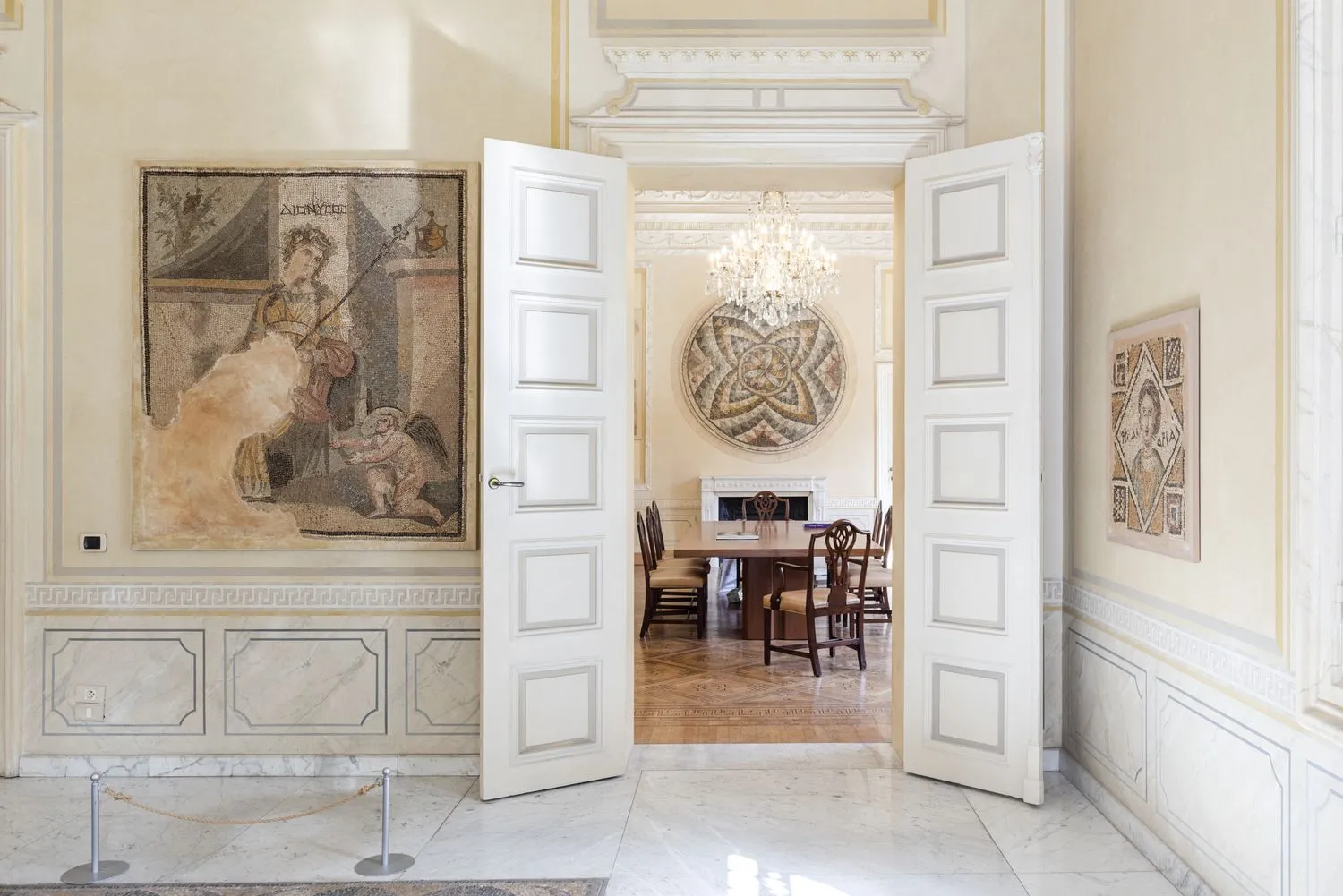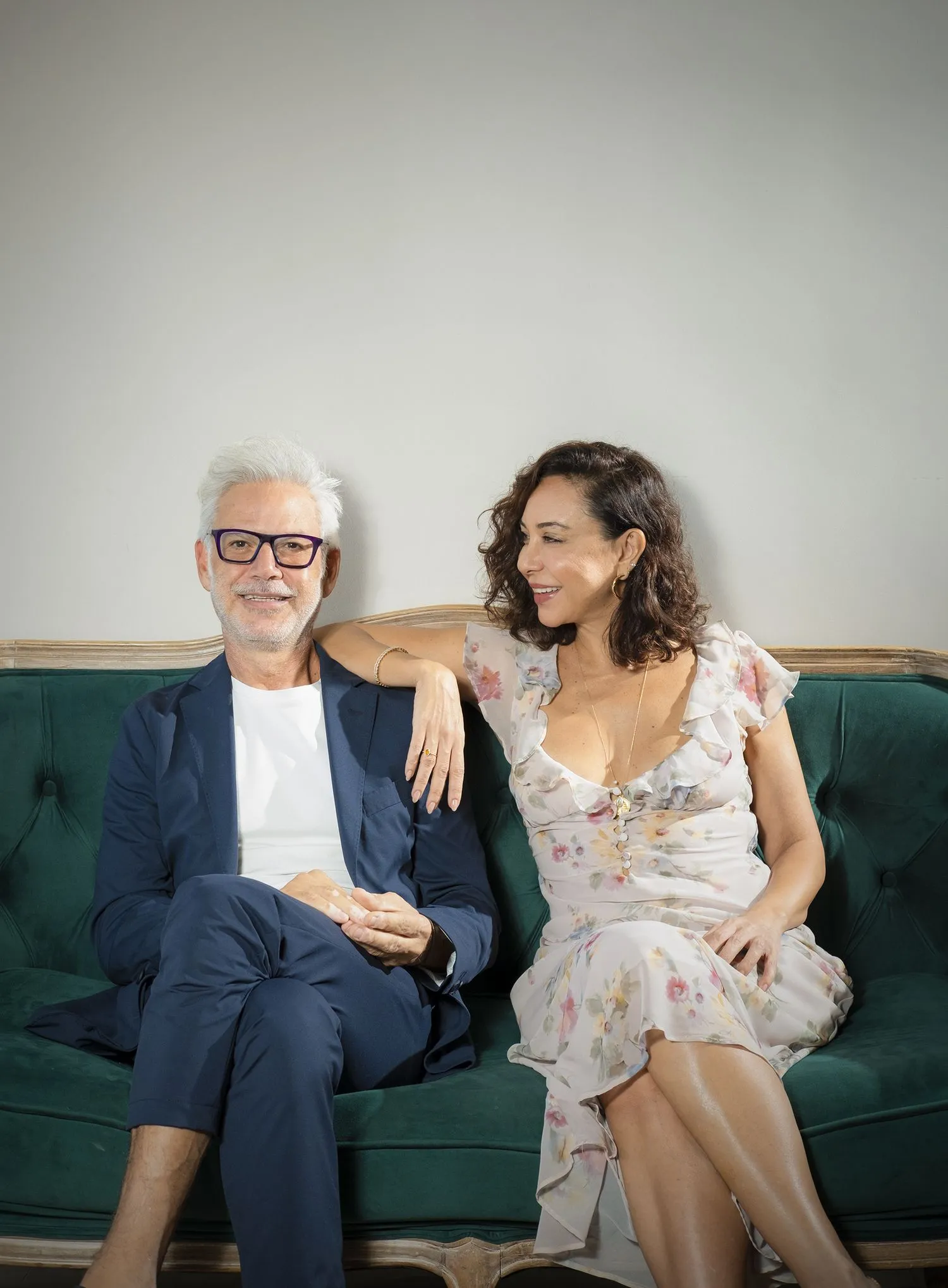 Mariana Wehbe and Samer Al Ameen by Marco Pinarelli
Mariana Wehbe and Samer Al Ameen by Marco Pinarelli Last year, We Design Beirut unfolded like an act of defiance — a collective gesture of care, persistence, and imagination. It was not just a design event but a statement about the power of creation amid exhaustion, a way of affirming that Beirut's creative pulse still beats despite everything. What stayed with me after the inaugural edition was its sincerity: the sense of something built from love and necessity, of people coming together to rebuild a fragile ecosystem through beauty, collaboration, and community.
This October, We Design Beirut returns for its second edition, more confident yet equally grounded, continuing to celebrate design as a living force — something that connects, repairs, and sustains. At its core are founder Mariana Wehbe and creative director Samer Alameen, whose shared belief in design as an act of care and connection continues to shape the project's direction. Under their leadership, We Design Beirut has become a living archive of Beirut's ongoing dialogue between destruction and creation, memory and modernity. This year's edition also carries a deeper awareness of continuity: how to nurture what has begun, and how to evolve without losing the intimacy that made it meaningful in the first place.
This edition looks to the past as something living — to be reactivated, challenged, and carried forward. Unfolding across five key sites that speak to Beirut's complex identity — Abroyan Factory, the Roman Baths, the Villa Audi, Burj el Murr, and Immeuble de l'Union — it brings together designers, artisans, students, and architects in an open conversation about what it means to build and rebuild, to shape a shared world from the fragments of the old one. Through exhibitions, installations, and educational programs, it examines themes of legacy, revival, and continuity, asking how a city can build its future while holding onto the layers of its past.
I had a pleasure of sitting down with Mariana and Samer to talk about how design can respond to Beirut's realities — a city constantly rebuilding not only its structures but its sense of self. We spoke about the ideas shaping this year's edition, the challenges of creating amid instability, and the power of design as a tool for healing and tapping into collective memory. They reflected on the transformation of Beirut's historical sites into spaces of dialogue, the role of collaboration and community, and how design can help reconnect a fractured city to its heritage and people.
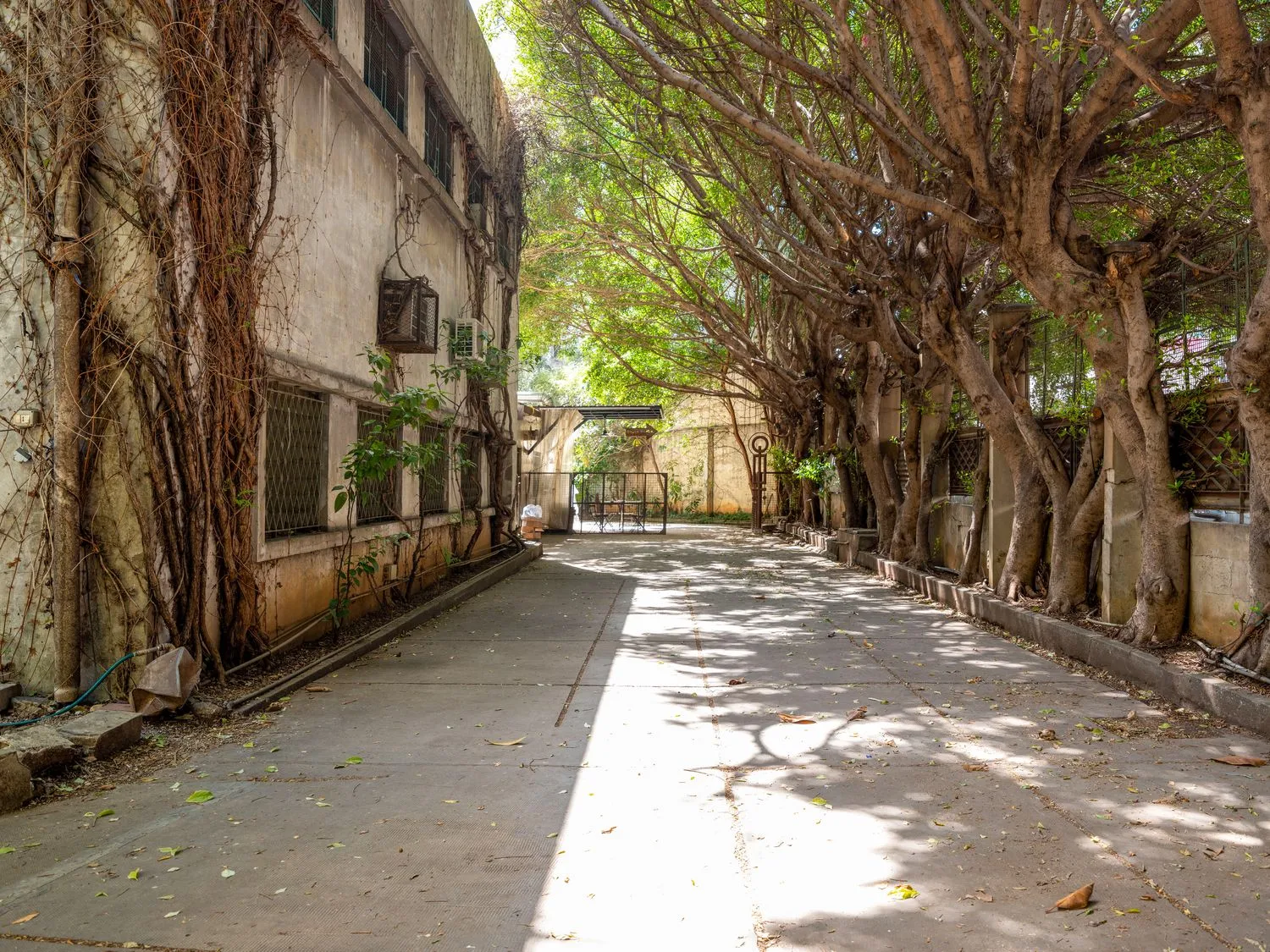
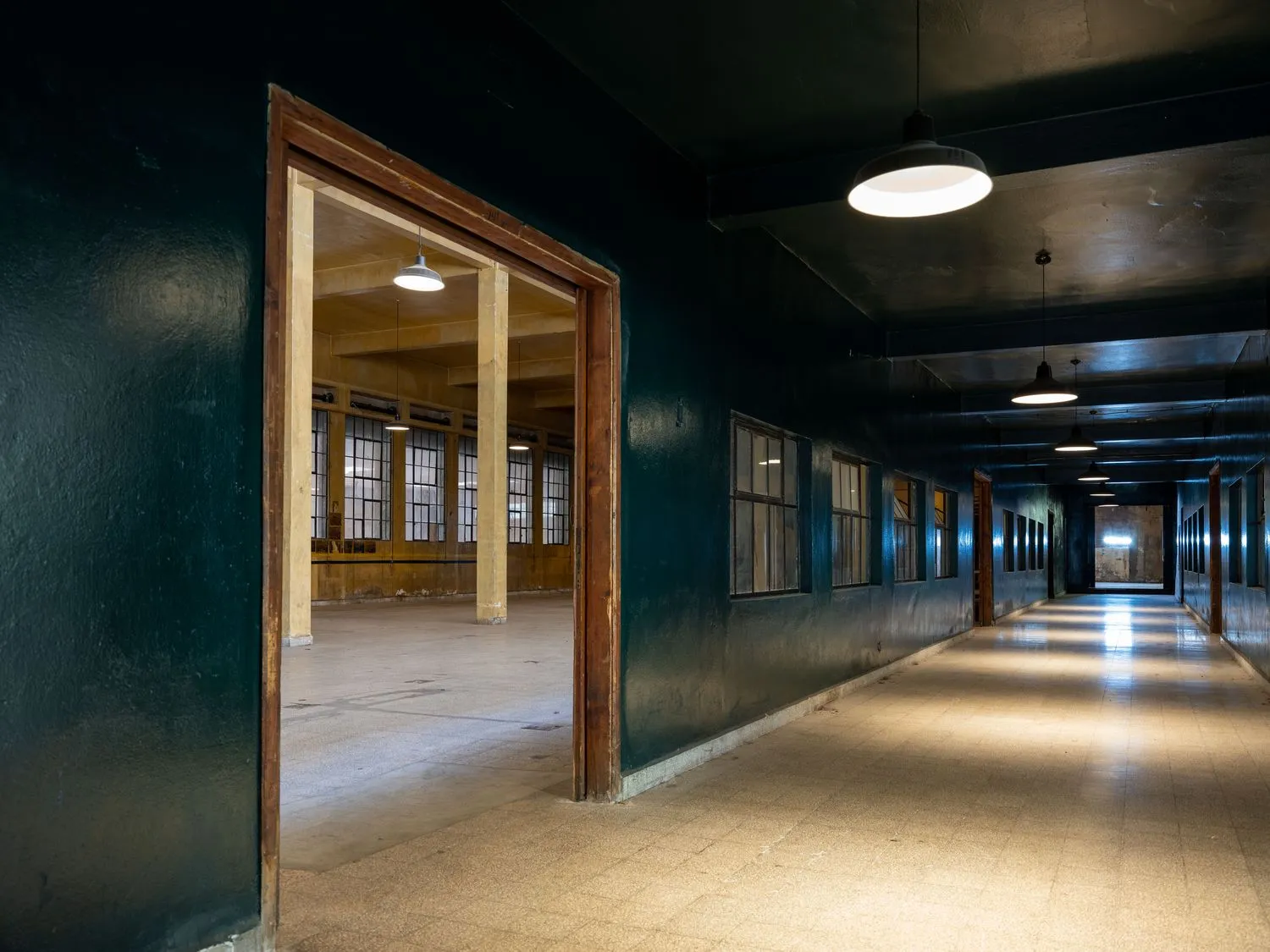
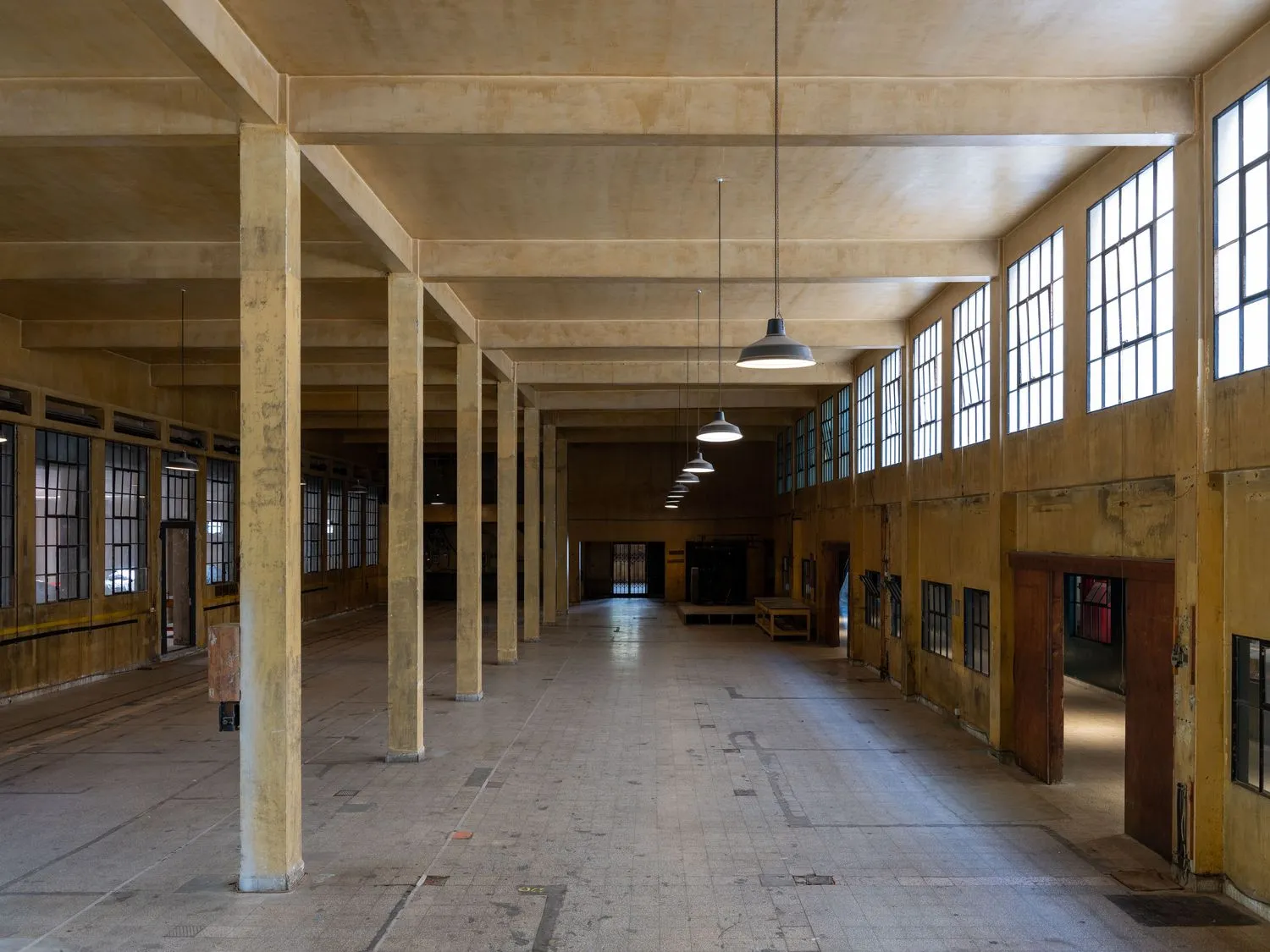
Jelena Martinović: After the success of We Design Beirut's debut, how did you approach shaping this second edition? What were the most important lessons you carried over from the first?
Samer Alameen: There were a lot of lessons. Technically, we faced issues the first time that we weren't prepared for—we were using abandoned locations, and managing that was a big learning curve. Working on the second edition, you start realizing what we missed the first time: lighting, maybe sound, some logistics. But the biggest difference between the first and second edition is that now, every piece is developed based on a brief we created.
As for the theme of the second edition, it actually came from when we were on a call and, during that call, a building collapsed while Israel was bombing Beirut—I could see the smoke from my apartment. Then we said, "Guys, we need to address the war issue. The year 2025 marked 50 years since the start of the Civil War—it’s about time we talk about it." We wanted to address it, reflect on it, and try to heal and move forward.
JM: Given the suffering caused by the recent Israeli bombardments, what does it mean to bring back an event celebrating design and cultural heritage? How has this shaped your approach compared to the first edition?
SA: Honestly, we got used to the instability factor, and we just move forward. That's what we do. That's how we were built. That's how we are formed.
Mariana Wehbe: But this war triggered something different for us. One of the things it made us realize is that simply "moving forward" is not enough. What we realized in this specific war is that healing from the Civil War was never done. The day it ended, everyone acted like nothing had happened.
This recent war made us reflect: we've never really healed, never mourned, never forgave. How can a nation move forward if that hasn't happened?
And it wasn't just on an emotional or national scale—it was also true for the urban and architectural landscape. The buildings we use in We Design Beirut today also carry stories, memories, and scars from war and torture, yet we drive by them as if nothing happened—just like we move through our lives.
During a call with Samer, the team, and myself, we watched a building collapse behind the house. It was a revelation: how could we address the war in We Design Beirut through design and architecture? We wanted to ask questions like: You want to build a nation and move forward, do you know what happened here? Did you forgive? Did you mourn? Did you heal? Did you come together to create and move forward?
This was the foundation for how we decided to address war in We Design Beirut. We are not selling tables and chairs; this is not about that. It's about where we are from and what we are living.
SA: I was three years old, and my first memory is the Holiday Inn Hotel on fire—the time the war started. With the last war, we realized we've lived through all the wars, but for the younger generation, this was their first. We don't want them to deal with it the way we did, with numbness and simply moving forward. As Mariana said, we're focusing on the positive, but we're also confronting the effects of war—stagnation, economic collapse, aesthetic decay. We're using these landmarks to give voice back to places silenced by war.
MW: And also places people didn't have access to. We're reviving things, creating a kind of renaissance, using spaces people never had access to. That's what we discovered out of love for our city. I've always wanted to use spaces that were inaccessible, because they have stories to tell. This is the base of We Design Beirut. From there, we moved to the Roman Bath—I love archaeology—and it reminds us how ancient the city is, thousands of years old. We want to subtly connect people to the city's history without explicitly stating it.
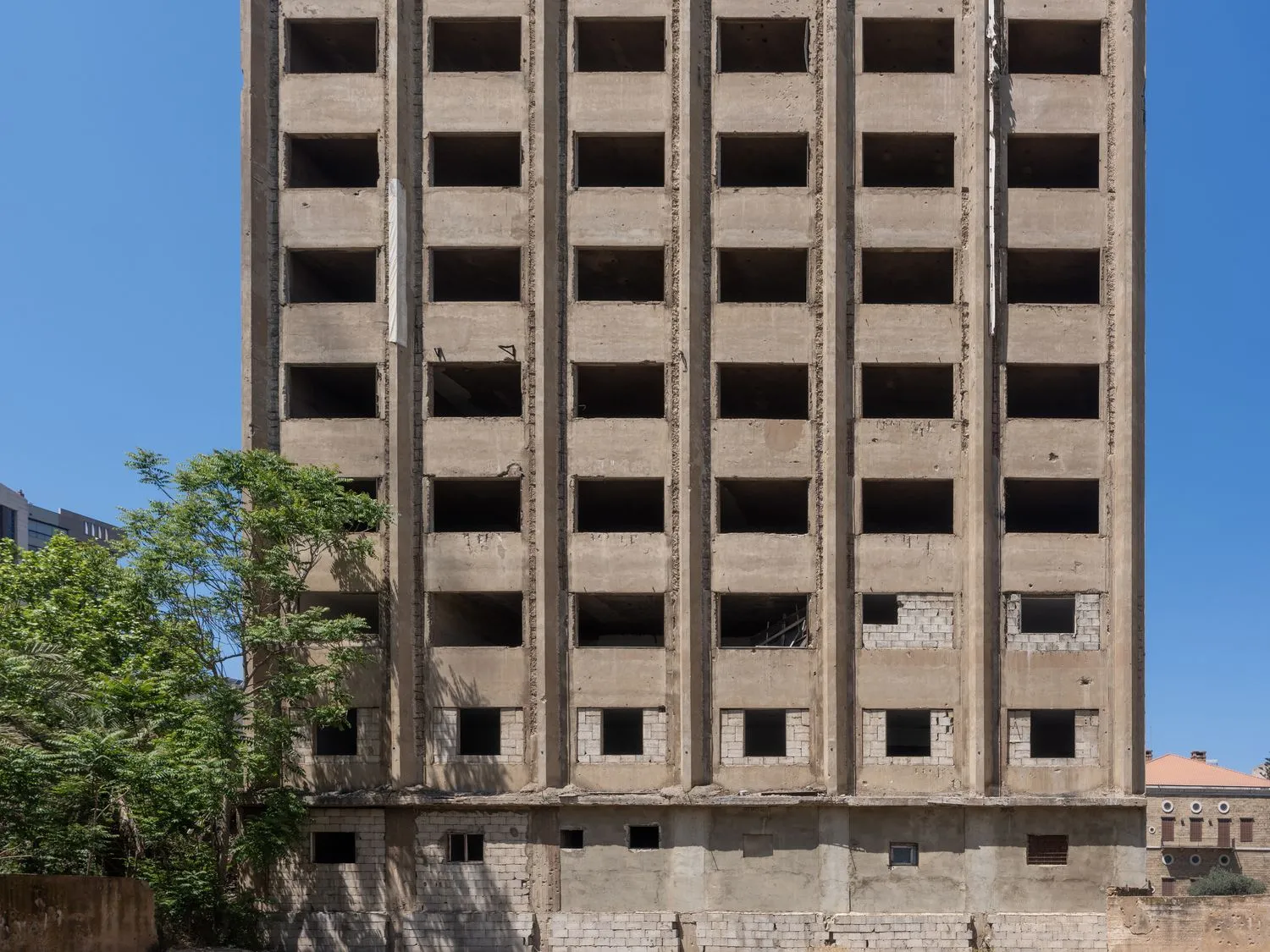
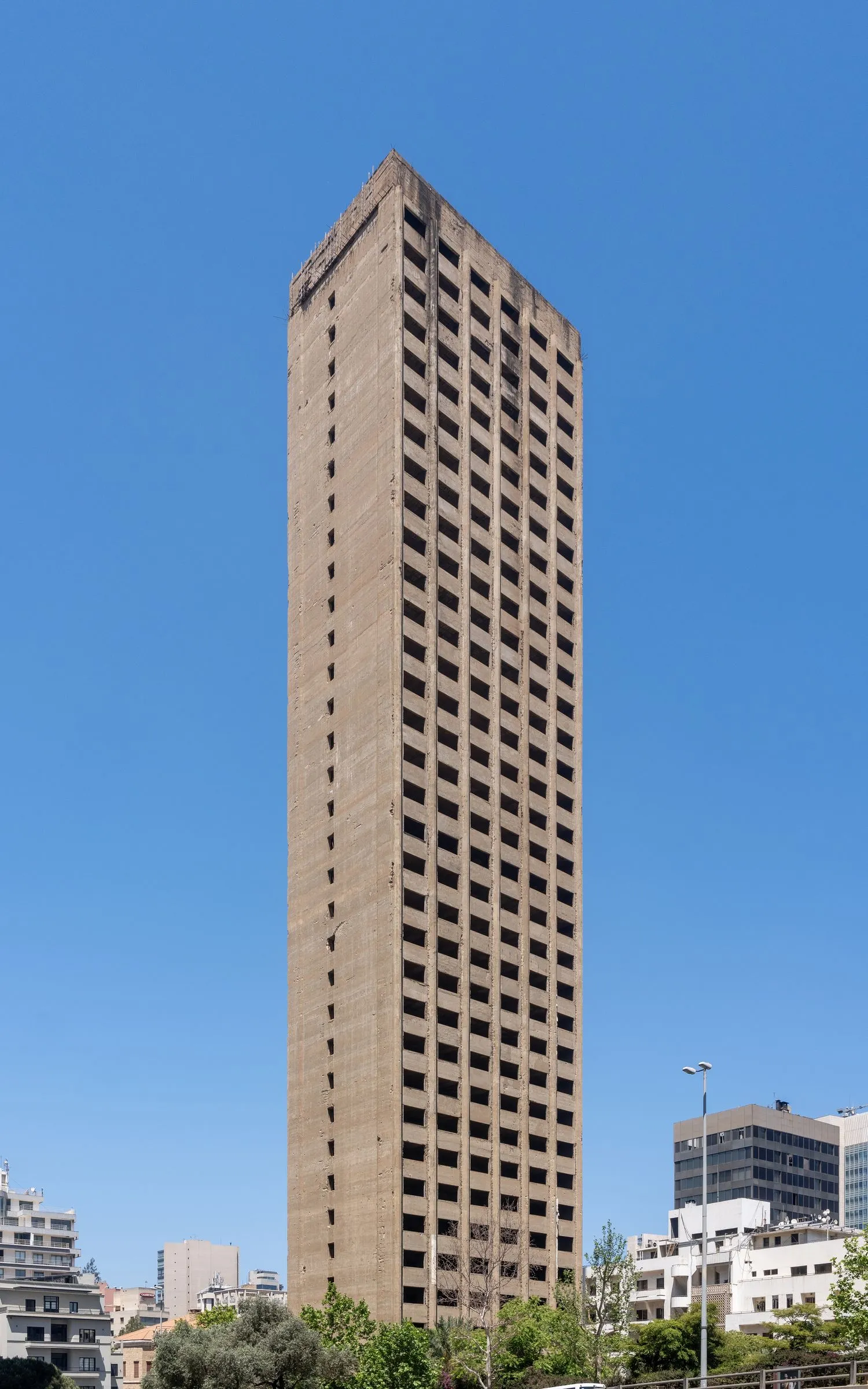
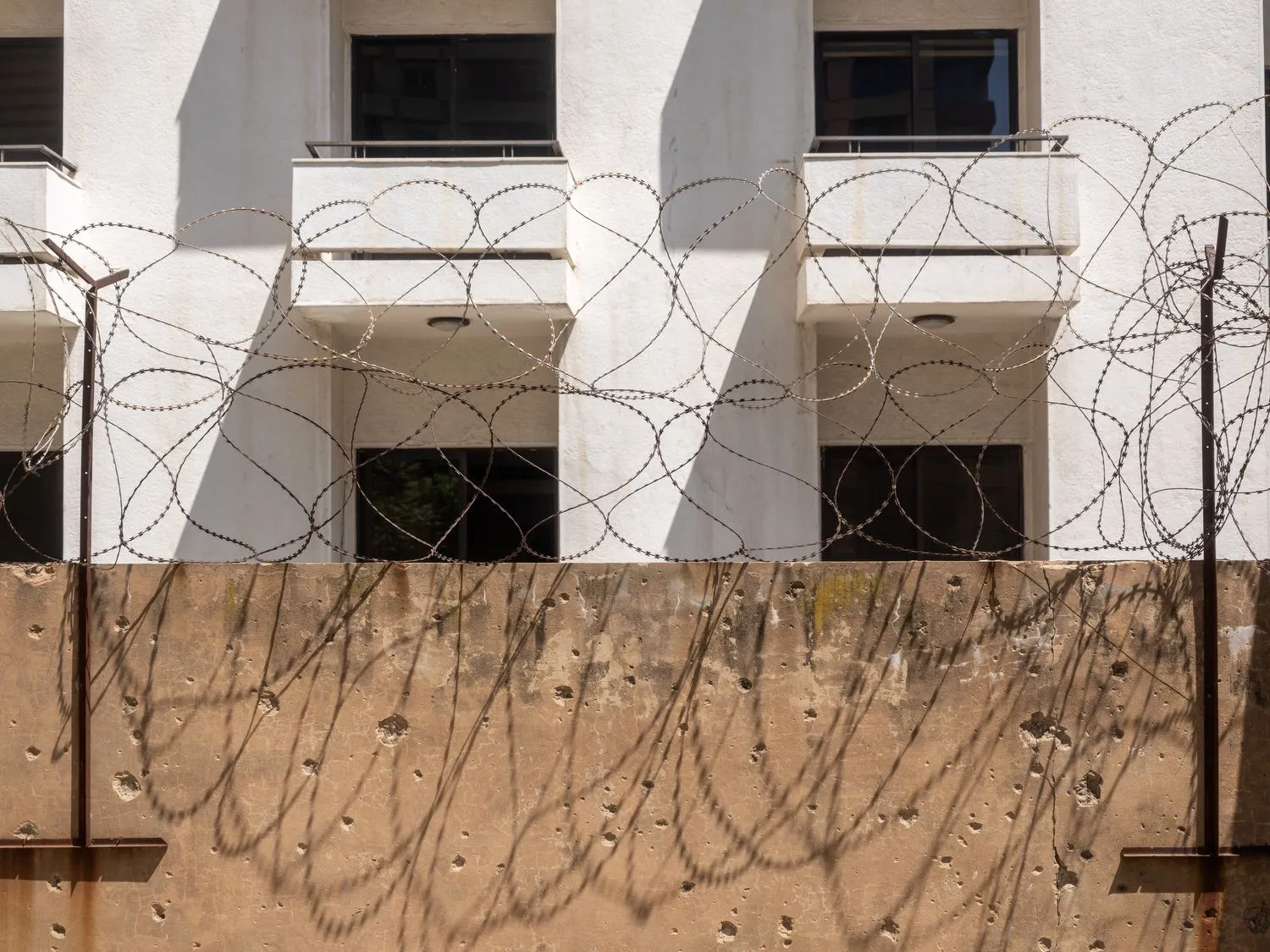
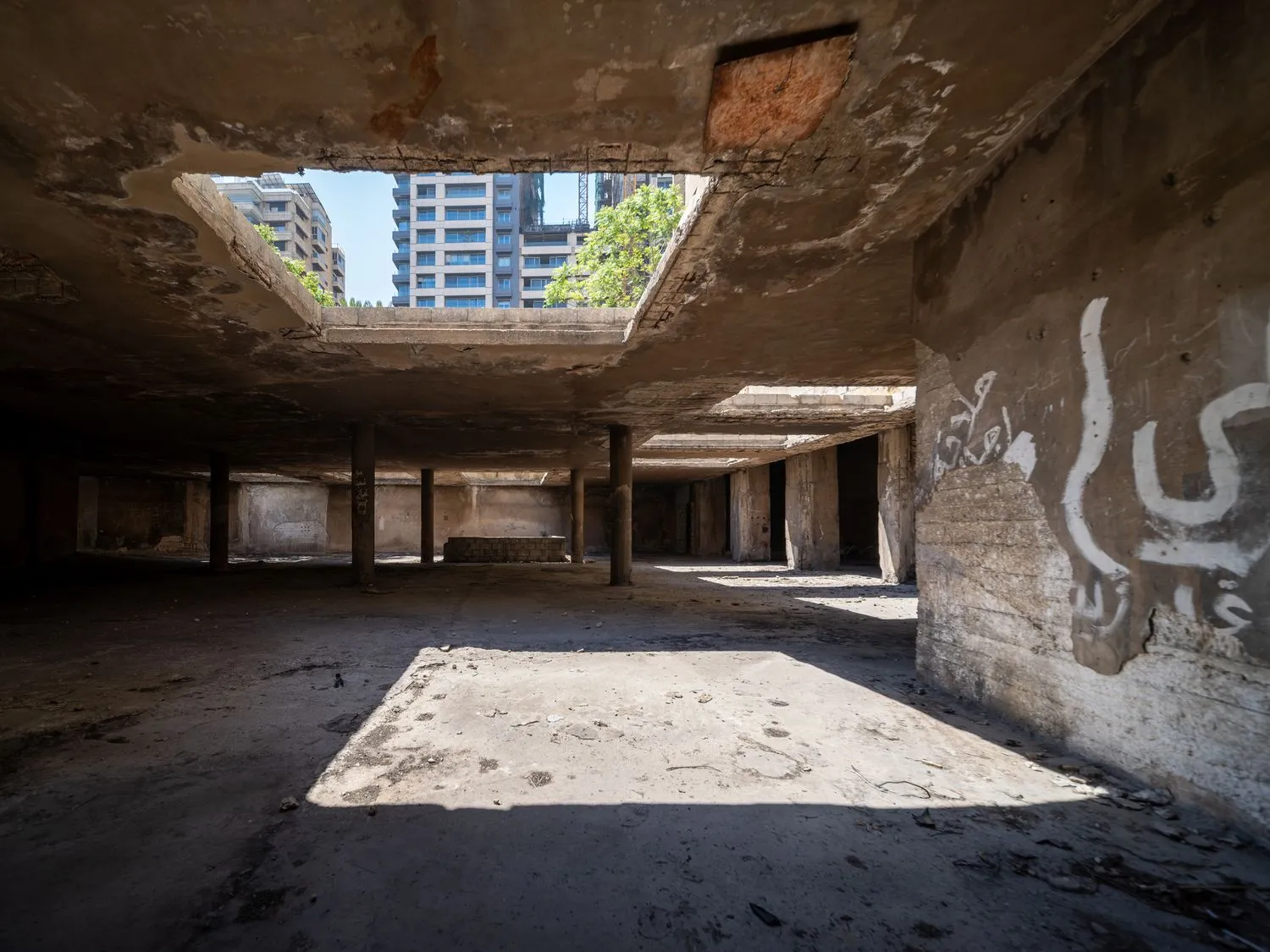
JM: So tell me more about the sites of these five exhibitions. How did you choose them, and how do they reflect Beirut’s identity as a whole?
MW: The first one was the Roman Bath. I actually went down to the old Roman Bath… there's also the Garden of Forgiveness. When we started talking about the war, this old site came to mind—it's close to a place where I used to wait tables at night, when I was working two jobs. Later, the church and the mosque were built there. To enter the Garden of Forgiveness, you have to walk through both the church and the mosque. So I thought, oh my god, let's get everyone to walk through together. I wanted that site.
Of course, getting it was nearly impossible. From one person to another, we ended up with someone suggesting another site—a bath—to see. And that's how we landed on the Roman Bath. That's how it started. Then came the Burj El Murr — arranging that was not anything but easy — but we made it happen, with the support of Solidere.
Karim Nader said he was restoring a building — Immeuble de l'Union. I kept telling Samer, "No, no, this won't work." And he said, "Why don’t we just go see it?" So we went—and I was like, oh my god, it's real! It really happened here.
It wasn't just on paper or in pencil. We didn't sit there planning it. We were calling everyone, figuring out, who can get us the Burj? When I got into the mayor's office he said, "I'm very sorry, but who are you? You've just stopped my day." I said, "I just need 30 minutes." He said, "You don't have 30 minutes, you have five." And I said, "I'll take the five." That’s how we maneuvered everything.
SA: Yeah, and with the craftspeople last year, towards the end we realized they were sitting outdoors, uncomfortable. So we decided we needed to create a hub—somewhere sheltered, welcoming, comfortable. That’s when we decided to go with Abroyan, the abandoned textile factory, and that became the craft hub.
For example, the Union Building we're using is a 1952 Art Deco structure—unique, massive in scale and architecture, and absolutely brilliant. I grew up around it; I used to hang out behind it as a child. It's a historic building that many people don't even know about. It's located near a public garden, in an area that was very important both before and during the war.
There's also Villa Audi, which served as a mosaic museum. We're preserving and reviving it as part of our effort to protect heritage. And the Roman Bath—most people don't even know it exists. Every time I pass by it, there's no one there. It's incredible how hidden it is.
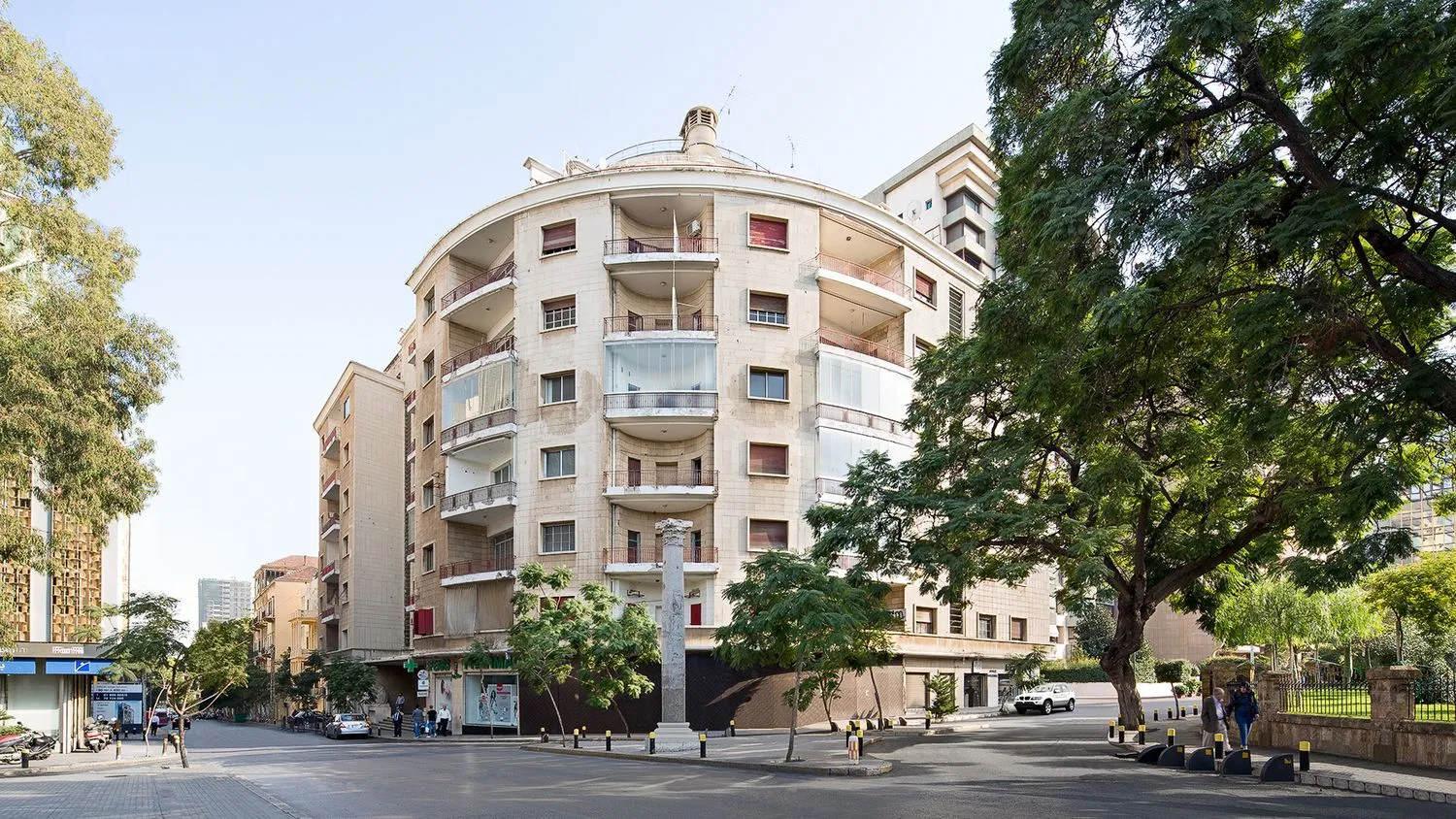
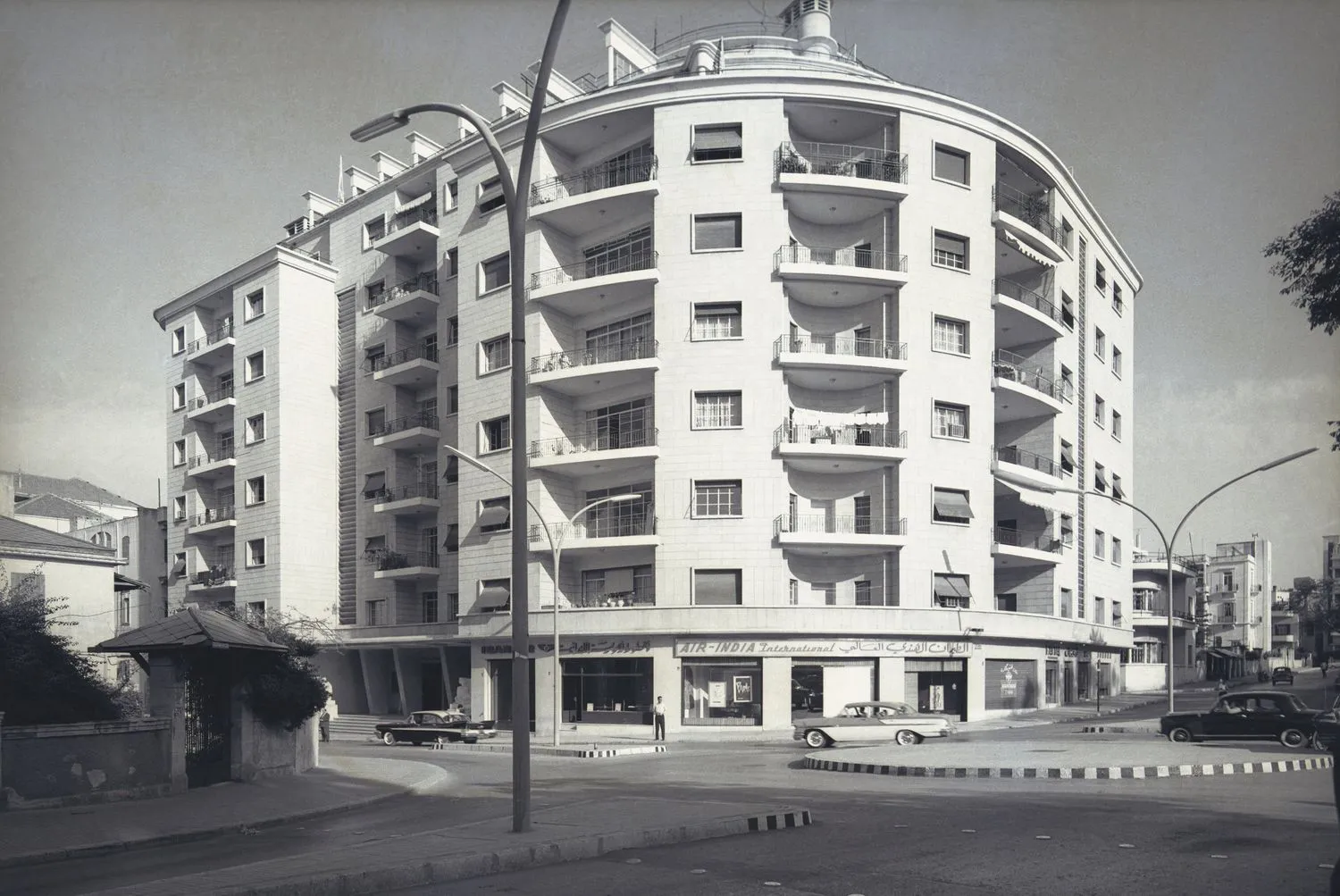
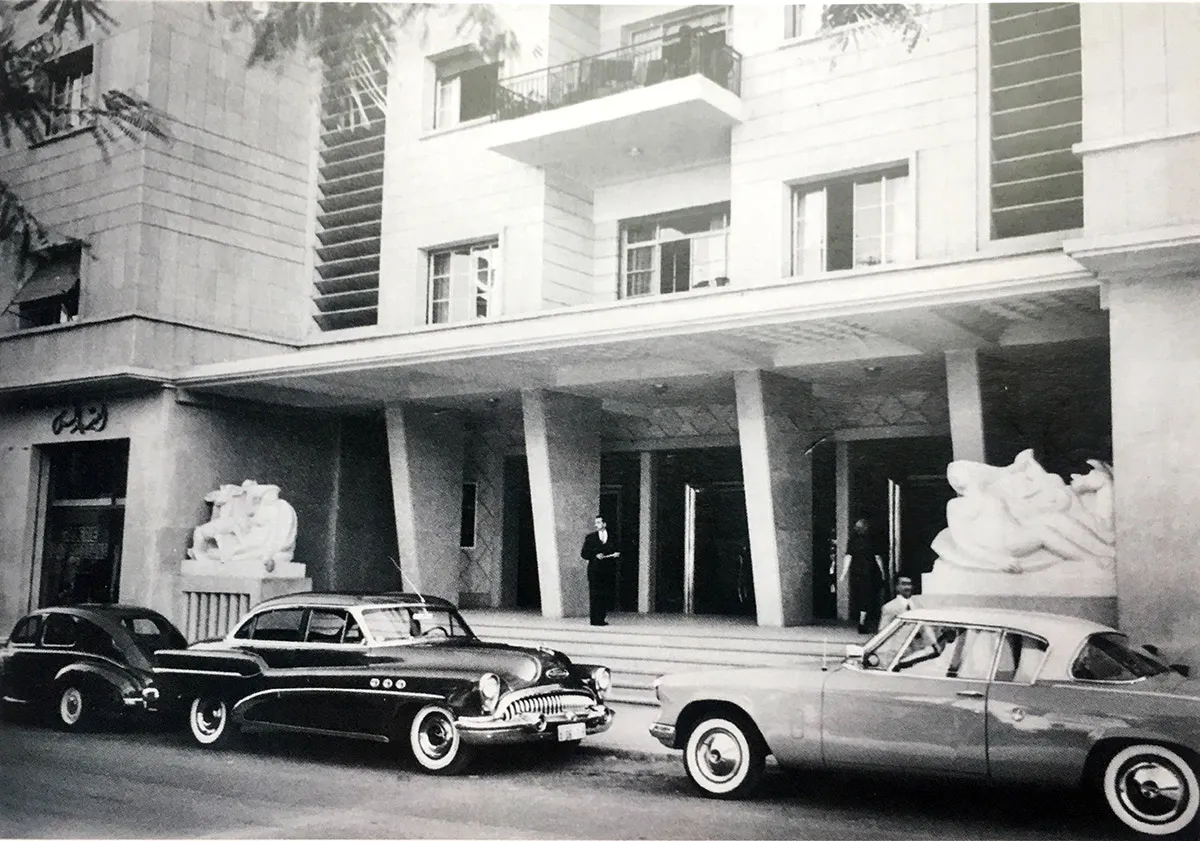
JM: What kind of dialogue do you expect to be created between these historical places and contemporary design?
SA: It's twofold. Take the Roman Baths: it was discovered in 1969, the war started in 1975, downtown was destroyed, and it reopened in 1998. By 2005, it was shocking how little people knew about it. And this is part of our heritage, our culture. When we do public exhibitions in historical sites, there's education, a sense of belonging, and appreciation, because we've long disregarded these things.
MW: I want people to understand that this location is theirs, not just We Design Beirut's. It's for the people, for our city. I want children, privileged or not, to experience it.
One of our major goals with We Design Beirut is to break the model of standard design weeks, which often serve only the privileged. How do you educate and share culture if it's limited to those who already have access? I can take my daughter anywhere in the world, but what about a little boy here in a country with collapsed education and healthcare systems, who has hopes and dreams but has no access to culture? What will he become if we ignore him?
By bringing public schools into our exhibitions, we give children hope. They feel included, and they see that there's a world beyond their immediate environment. That's where real change begins, and that's where our fight is. It's through creating access, showing beauty, and fostering inclusion. It's a tiny thing I'm putting out there, but I'm sure someone will pick up on it.
We offer our program to public schools through UNESCO, inviting them to participate. It's free and open to the public. Honestly, we could have made hundreds of thousands of dollars by charging for tickets, but we chose not to. It is by choice and conviction that this will always be free and open to the public.
SA: And we could have made a fortune if we'd rented the space and sold booths to designers instead of putting everything into creation and organizing. (laughs) But we chose the harder path.
Talking about students, for example, in one of the exhibitions we have a textile show that involves an NGO working closely on education. Their contribution takes drawings made by orphans and transforms them into a six-meter embroidered piece. Imagine being nine years old, unprivileged, and suddenly seeing your drawing turned into part of an exhibition. That creates inspiration and hope. It tells every child, no matter where they come from, that they can be something. There are so many layers to this.
MW: I think when you came last year, there was something really special. We bonded on another level because of our countries and our love for life, but also because you felt something here. That's what we want people to continue to feel. It’s not about buying a $100,000 table. You need to come, you need to feel something in the city, and we want to be the drive behind that.
SA: This is definitely not a commercial design week, or experience, whatever label you give it. We have five locations with exhibitions, and they're very diverse. They cover established designers, emerging designers, students, artisans—we’ve tried in this edition to include every spectrum we could. On top of two venues from last year, we have added two more. Yes, we're exhausted, but this will create a chain: networks, hubs, opportunities.
Even on the educational level, we've worked with the major university in Beirut, ALBA, and they’ll be hosting workshops and talks. International universities are also flying in from Milan, with the agreement that they must host all the local universities for these talks. So it's a responsibility, and we’re delivering on it by opening doors as much as possible and including as many people as possible.
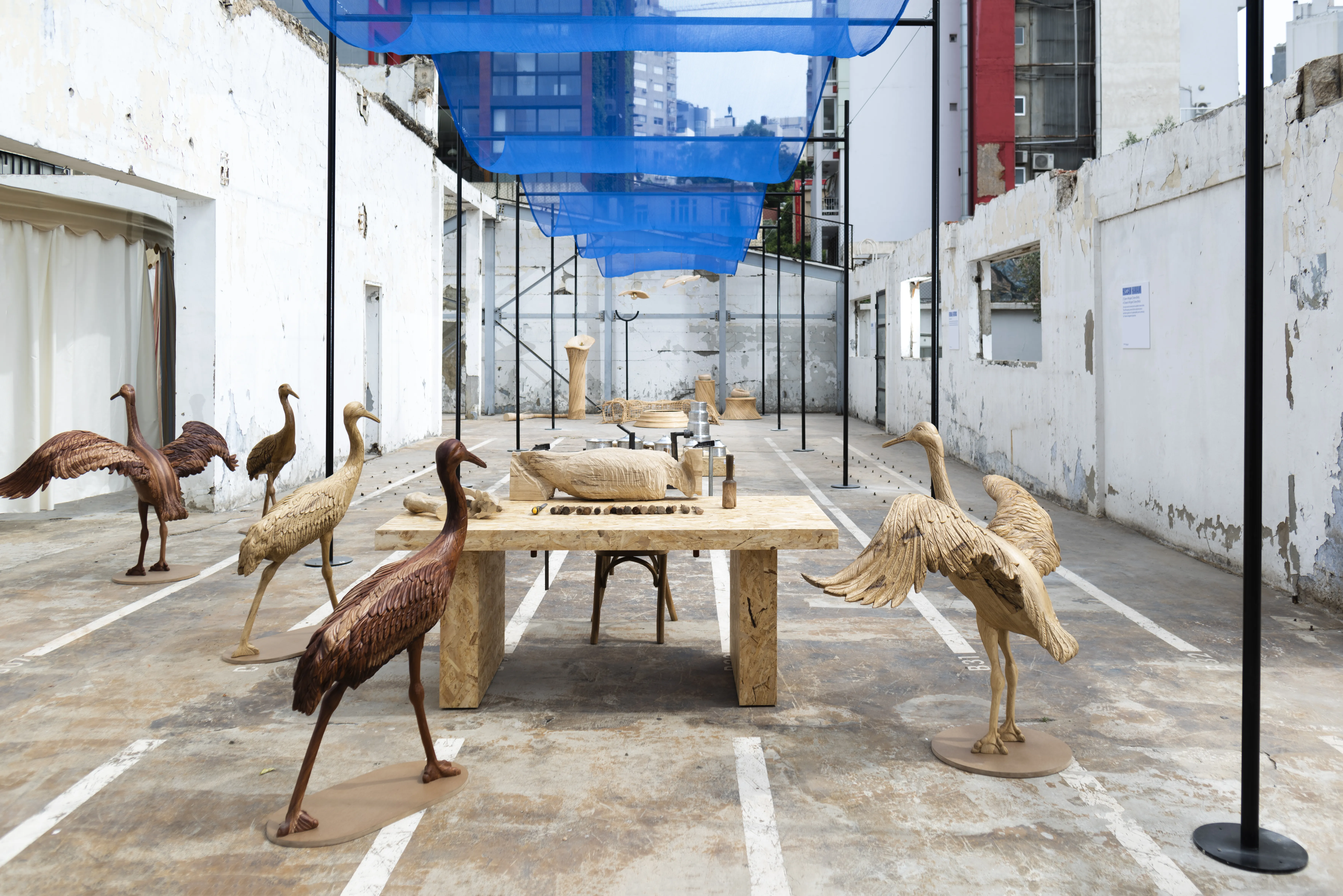
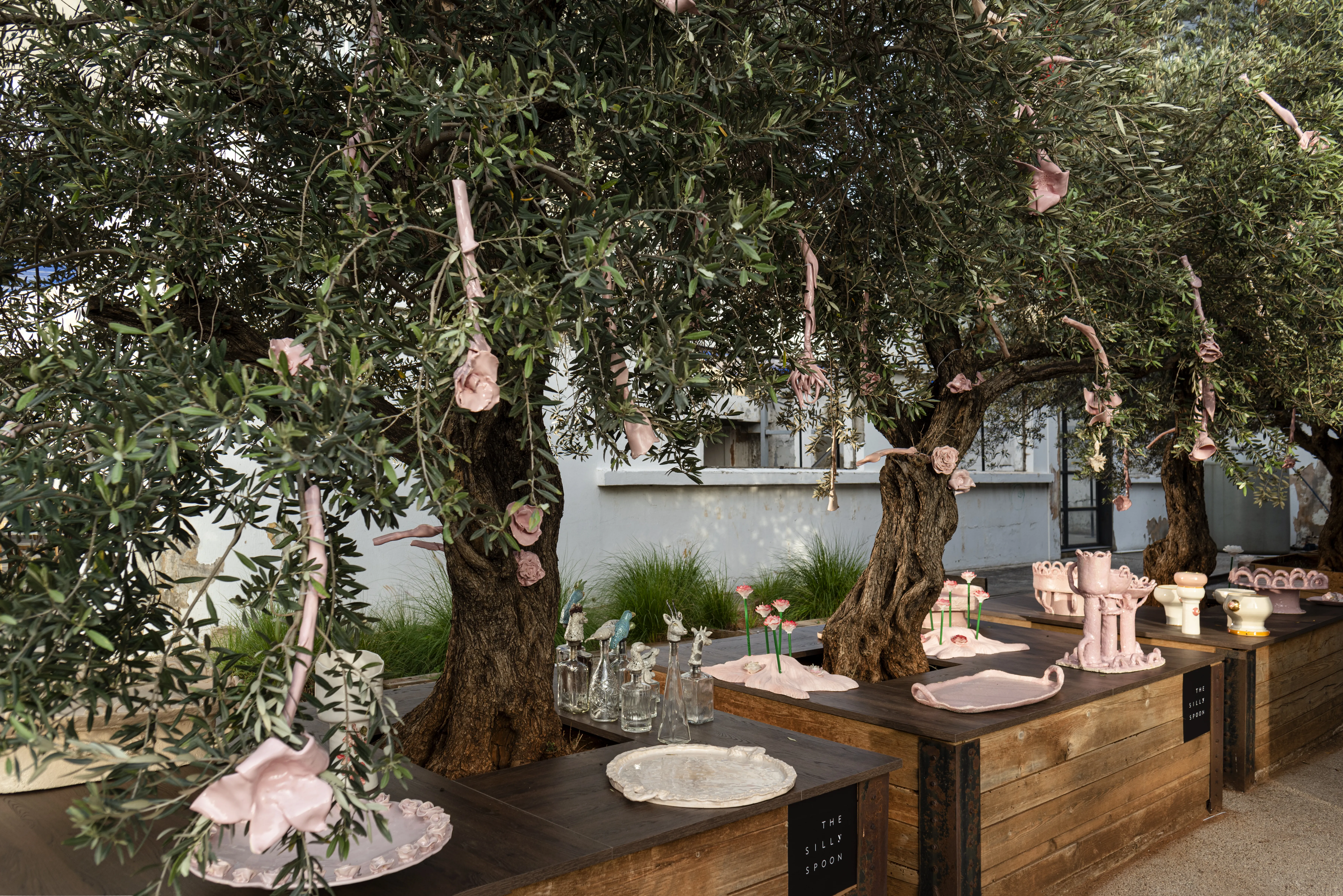
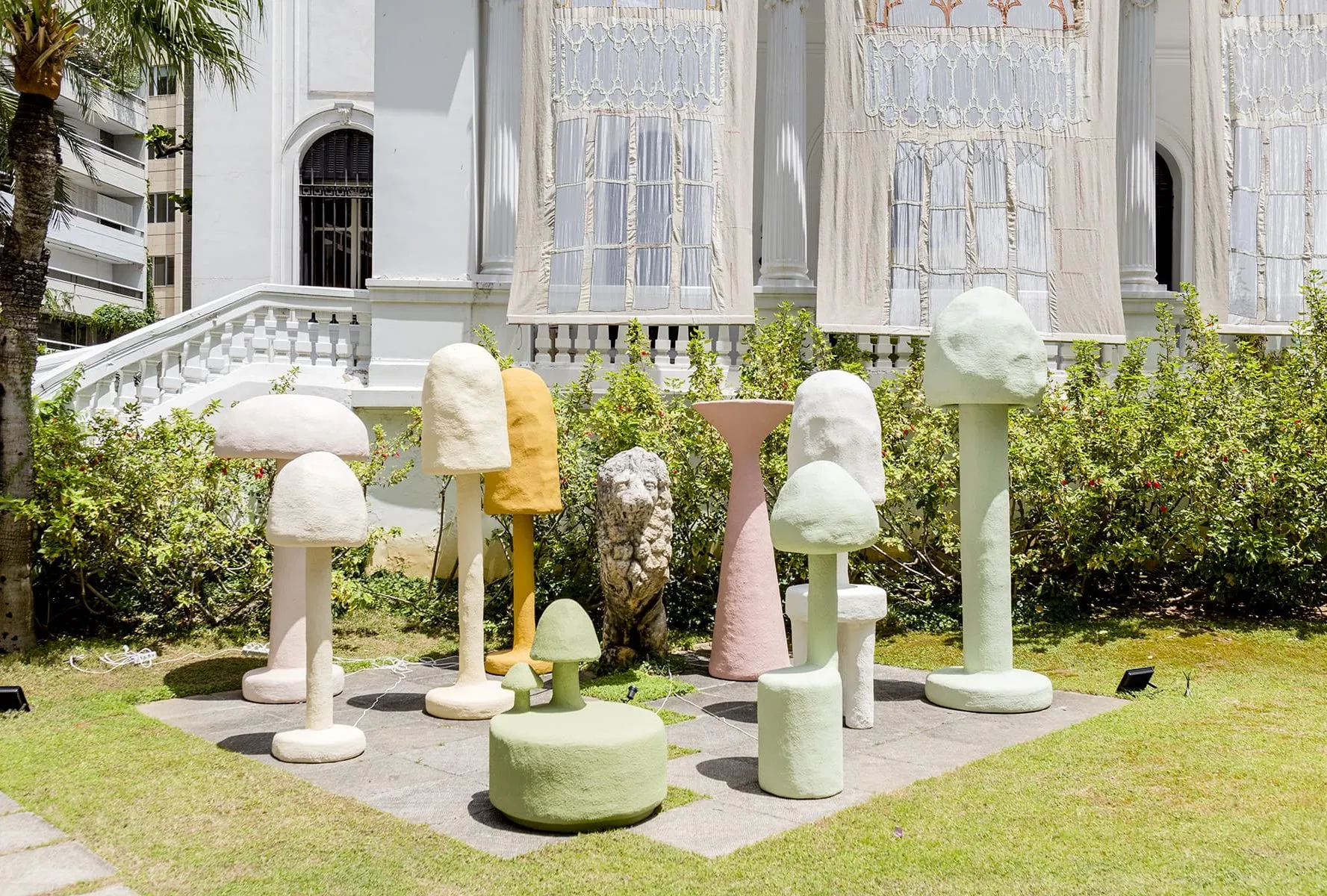
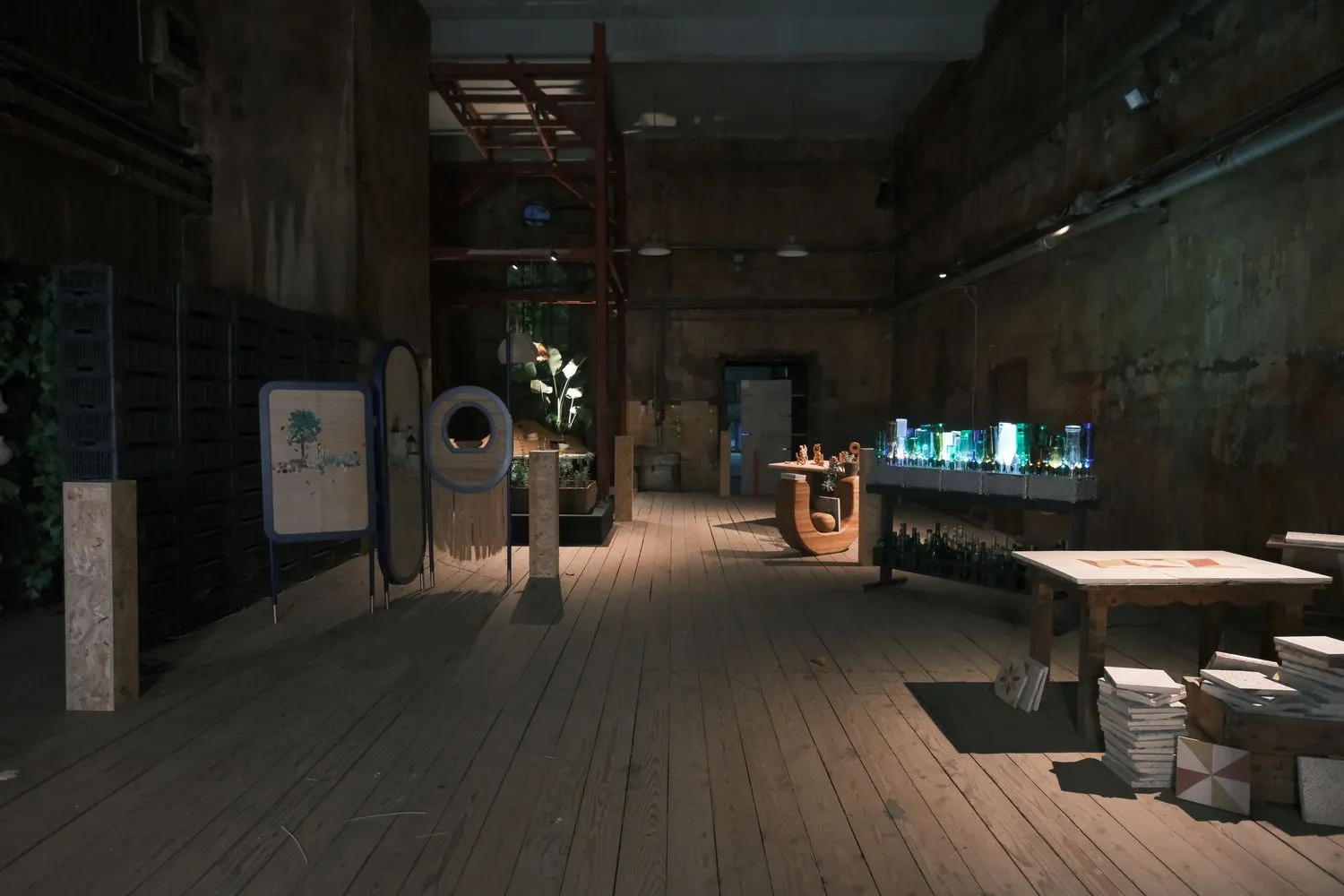
JM: What happens when you bring together designers, artisans, students, architects, educators, and the wider community in dialogue?
SA: A lot comes out of that dialogue. Each exhibition develops something different for the craft. For the Craft Hub we're doing at Union Marks, for example, we connected artisans with some of the best designers in town, which pushed them to experiment and modernize their work. It made their practice more relevant, approachable, and visible. The focus is on highlighting the artisans, not just the design.
MW: After that first show, we looked at each other and realized we really needed to expand this. The artisans are the superstars. There are some designers that treat them as supplier—and understandably, no one wants to give away their contacts. But if you don't share those connections, you end up killing the craft. So we stepped in and said, "Enough." We already started that process, and now the artisans take center stage. When we pair designers with artisans, we ask them to create a piece together, pay the artisan fairly, and bring them into the exhibition. In that case, the designers don't pay to participate in We Design Beirut.
SA: Through this dialog, the product becomes more interesting. For example, when I was briefing for the rattan and bamboo projects, I asked, "Why are we only doing baskets and chairs? Can we do a carpet? A wall surface? Let's expand and explore the craft, the material, and the technique, and develop something new with it."
JM: Artisans and their craft take center stage this year. Can you tell me what kind of works and materials you're bringing, and how you're approaching them?
SA: We're working on four main crafts: marquetry, rattan, glass, and clay. For glass, we have a glass-blowing oven and a Lebanese designer living in Venice, Tessa, who's working with it. For clay, we have a large installation. We had to skip brass this year—it'll be included in another session. These are all big installations. For example, the carpet is around 21 meters, woven by hand, and continues to grow during Design Beirut. Last year we had a minimal setup with four artisans and two objects. This year, pieces are much larger—15 by 7 meters, even 21 meters.
MW: And the clay is really special. Lebanon has a rich clay industry, and in exploring it, we discovered incredible artisans. We have a clay master, Tamar, who lives in Amsterdam. I wanted to bring clay from all over the country. She created the trunk of a tree, which acts as a strong core. You carry this clay, make an intention, and hang it.
This creates a dialogue in a very subtle way—about unity, equality, and connection. It doesn't matter what your social structure is, or if you're an artisan, a student, or a superstar. We all come from the same land, and we all return to it. It's about leveling the field. Losing the middle class in Lebanon has been detrimental and dangerous for community cohesion, and this is our way of addressing it.
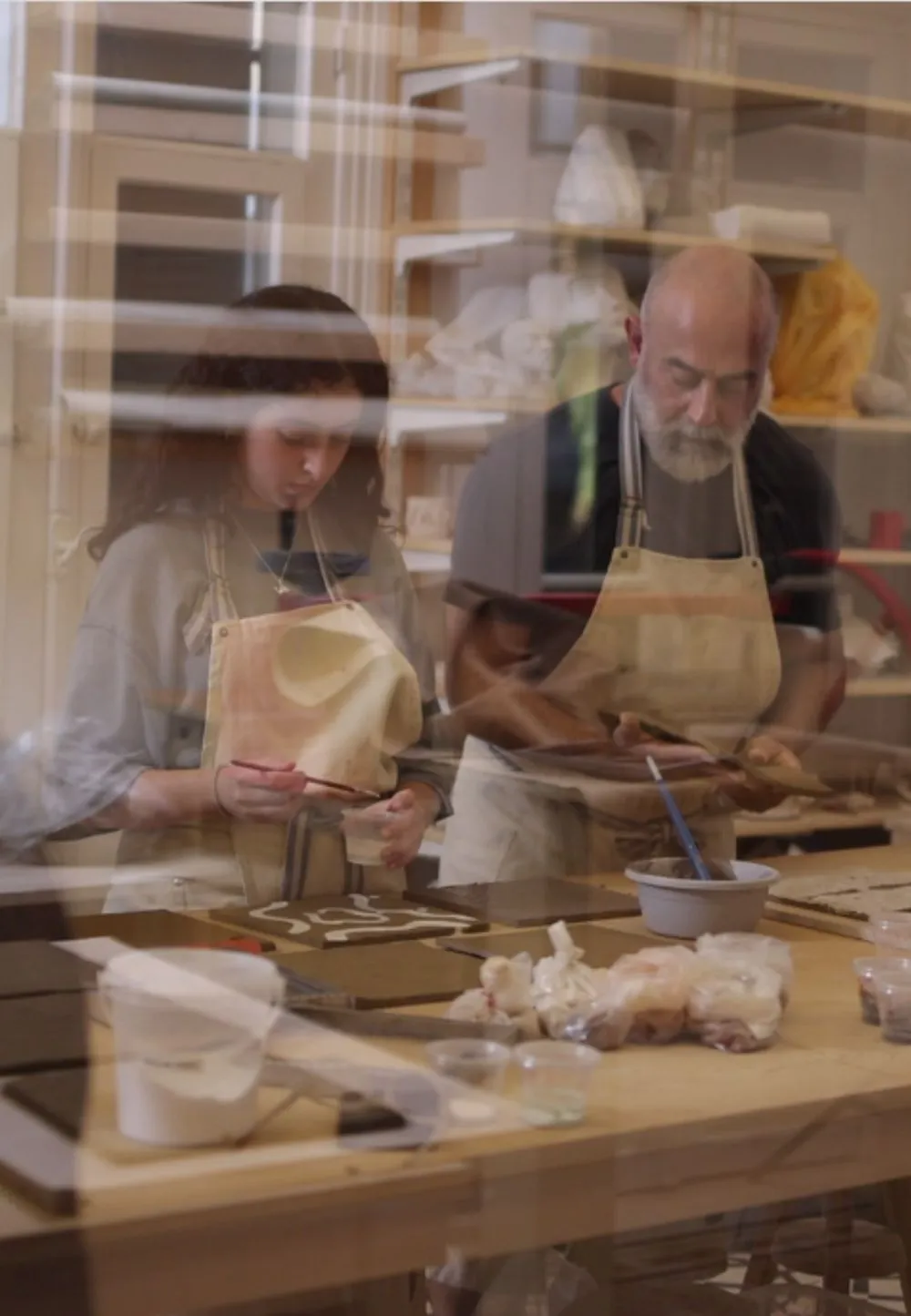
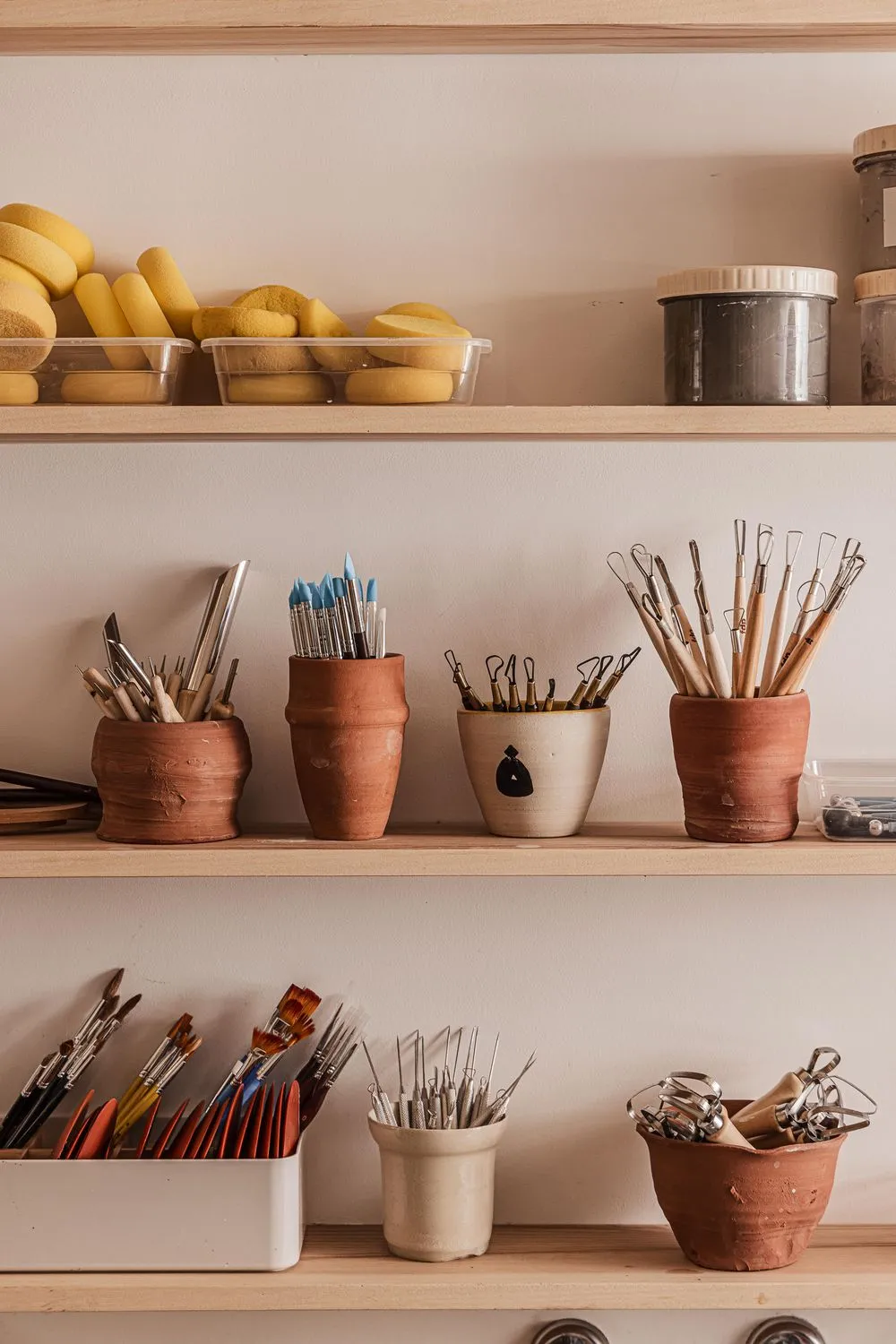
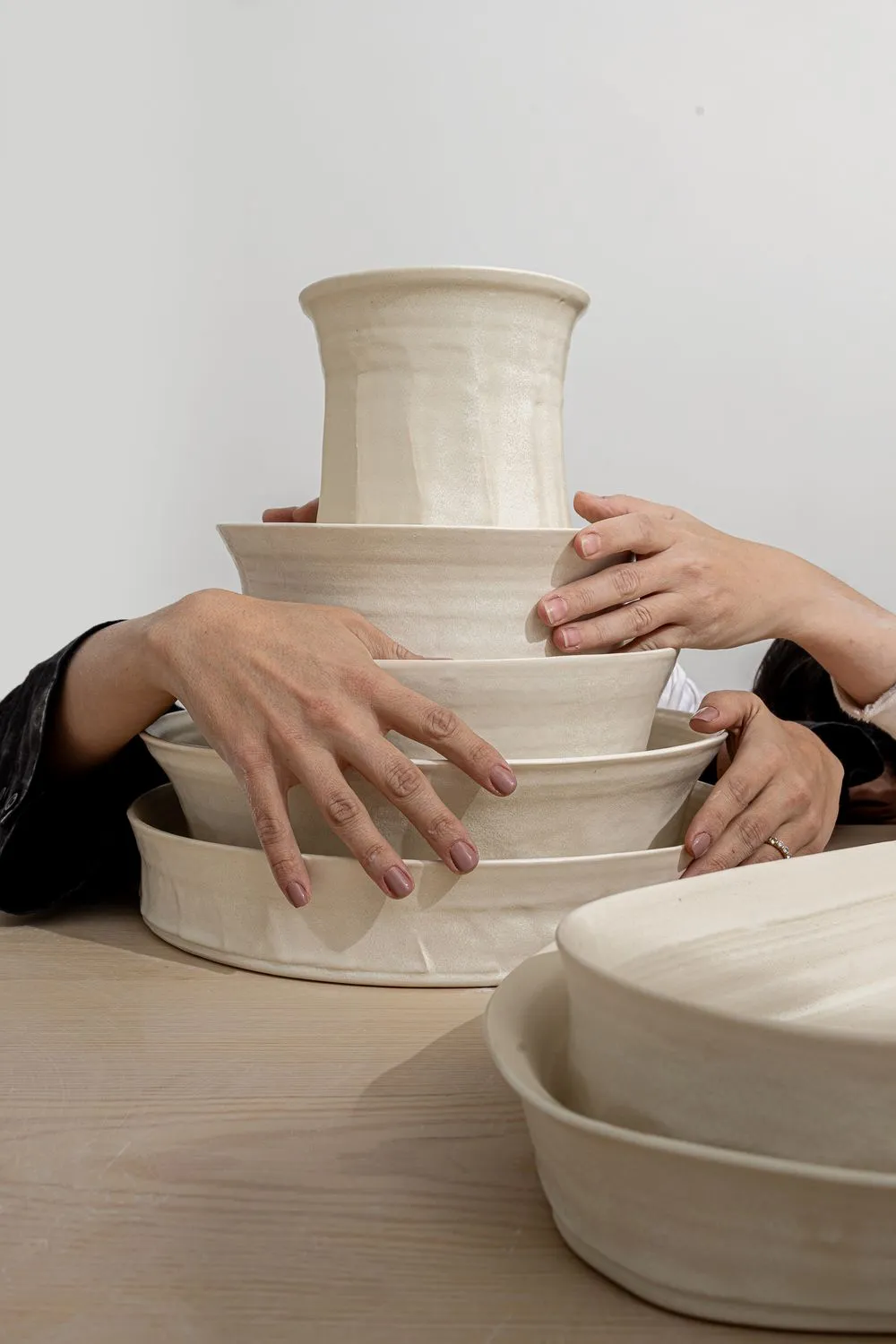
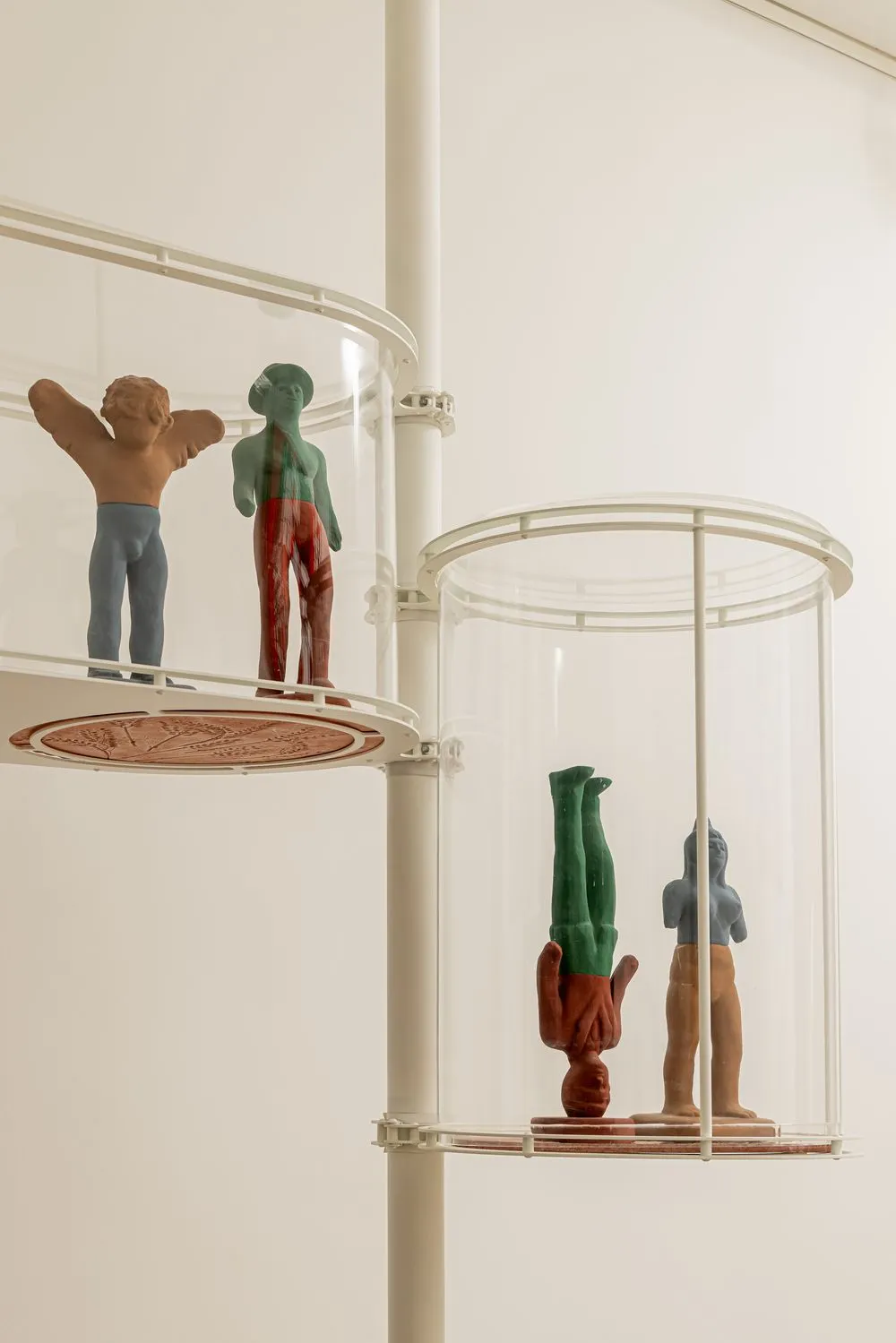
JM: What are some of the challenges these artisans have been facing in recent years?
SA: There are so many. First of all, because of the economic crisis, many designers left the country, and the artisans didn't progress. They’re stuck in what they know, in the ways they've always done things. And since they don't have enough opportunities, they’re not teaching the younger generation. That's why we wanted to change the game.
We connected them with major talents to help enhance and rethink their work—modifying the product, creating different lines that range from accessible to high-end. It's about opening new doors for these artisans, giving them real exposure. They're not behind the scenes anymore—they’re at the center of the exhibition.
JM: This year's theme highlights legacy, revival, and continuity. How does this edition connect the city’s cultural memory with contemporary design, and how is this reflected across the five exhibitions?
SA: Take Abroyan, for example, where we did the sustainability exhibition last year. It used to be a textile factory that shut down at the start of the war, and now we’re reopening it with the textile exhibition. We're bringing it back to life, but with a new spirit. They used to make underwear and basic products. That’s the link: reviving textile inside a textile factory.
In Villa Audi, there is an exhibition titled Totems of the Present and the Absent, where we have pieces vertically. It is a revival of a Smo Gallery that was one of the first design galleries in Lebanon before it had to close. Showing these pieces upright sends a message: no matter what happens, we stand tall. Each exhibition approaches revival differently. With the Roman Baths, it’s about giving new attention to a site most people don’t even know exists. But it is also about cleanliness and healing.
Burj El Murr, where we're hosting the exhibition Design in Conflict, is a landmark of war. The building itself was supposed to be the tallest skyscraper in the Middle East, but construction stopped during the war. It turned into a torture hub, a sniper’s nest. I remember in 1976, we had snipers shooting at our car from that building. For fifty years, nobody had access to it. A couple of months ago, for the first time in my life, I walked inside. And now, for the first time, the public will enter it through design.
MW: That building was once a location of sniper posts and torment chambers. We drive past it every day, but we decided to let the youth take it on. We are children of the Civil War—our children are not. They look at it differently. Yet they’re still living through wars. We have a student who lost his family, and his piece is a jacket designed to carry bodies, because he couldn’t carry them fast enough. It’s heartbreaking.
And that's where design comes in. He turned that trauma into an object—a jacket. It forces us to say: not everything is polished, not everything is pretty. Design can confront pain as much as it can create beauty. That's our community: history, creativity, struggle, magic, all at once. It was never about a commercial fair or how to make money. It was about doing something here, in Lebanon, and that's what changed the whole approach.
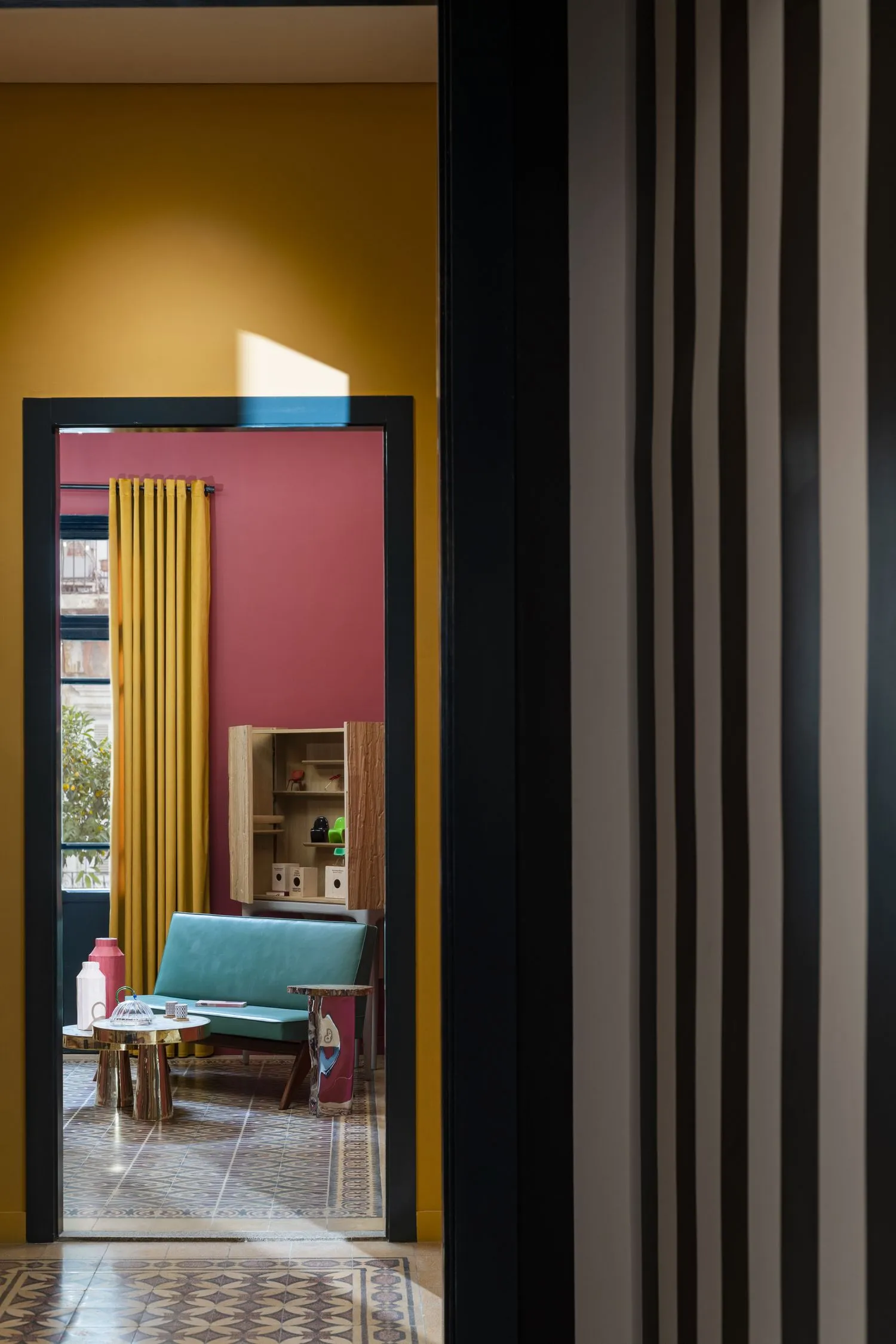
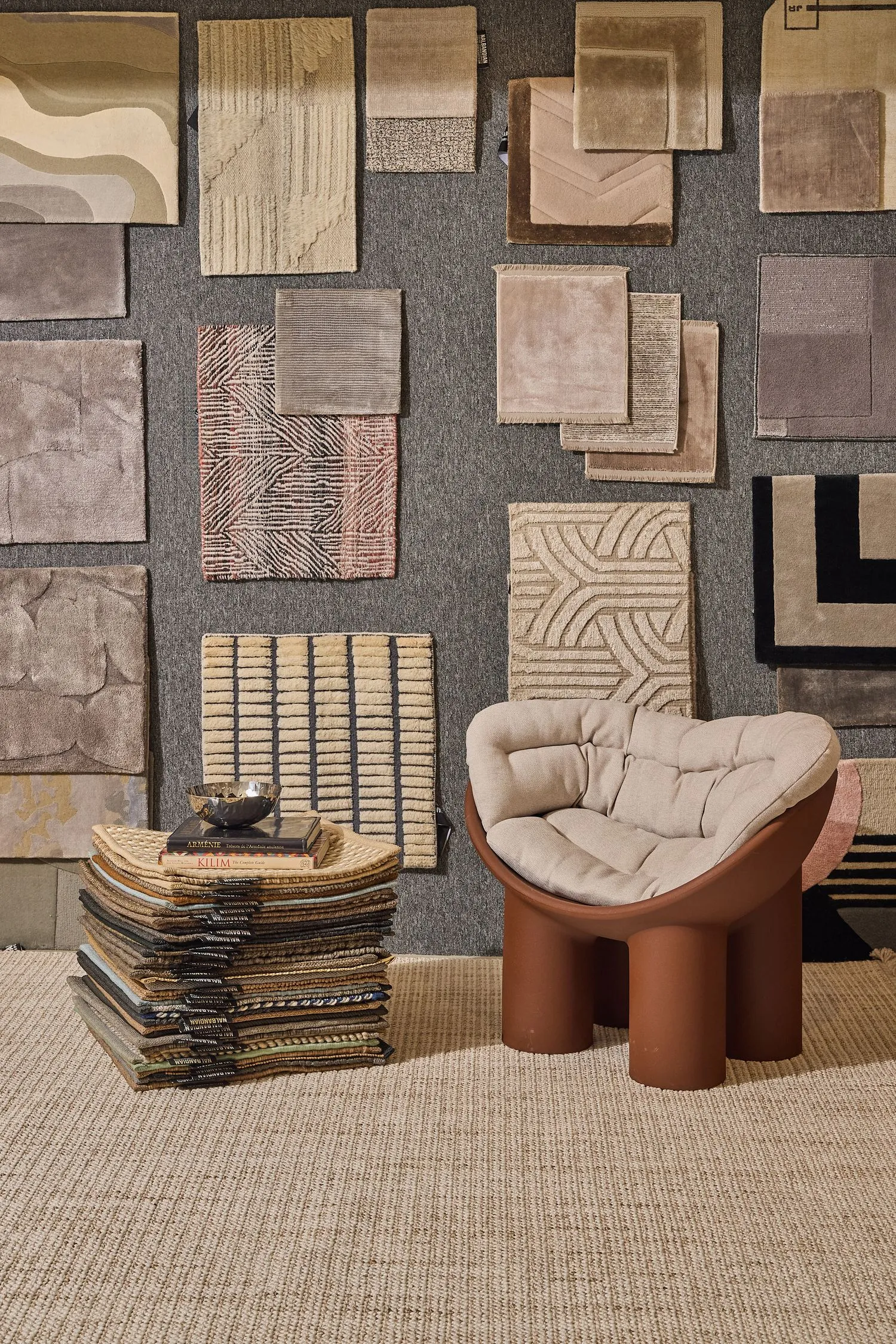
JM: This year's edition expands to include international designers. What does it mean for We Design Beirut to welcome global voices while still celebrating the city’s local design community?
MW: We said from the start that any designer who wants to exhibit here has to produce in Lebanon. That's important to us. But we also have international designers—like Japanese designer Jacopo Fugoni—and of course, they don’t have to produce here. We welcome them with open arms.
I always say: We Design Beirut is happening in Lebanon, but it’s not just for Lebanon. It's a player in the Middle East like any other. Last year, it was all Lebanese because nobody knew about us yet. Now, as we grow, we welcome everyone who wants to be part of it.
I believe in dialogue, I believe in collaborations. It's a give-and-take—it's a dance. And that dance is what needs to start happening.
JM: The principles of empowerment, preservation, and sustainability have been at the core of We Design Beirut from the start. How do you push these ideas into the new edition?
SA: We’re empowering our craftsmen and their craft, especially through Abroyan on a large scale. We’re also supporting students and the future generation—we have a major student exhibition and a new education lab. For emerging designers, this is the first time there’s an under-30 exhibition in Lebanon, opening new doors. Both exhibitions are created by designers under 30, so youth are at the center.
MW: Sustainability… I don’t mean it in the usual "design sustainability" sense. For me, it isn't about solar power. Sustainability here means sustaining the economy, bringing people to the country, supporting craftsmen, keeping students here, and making them feel they have opportunities and connections. Everyone talks about sustainability in design like it's sexy, but I see it differently. I'm sustaining something raw and broken that needs to come back to life.
JM: Yes, and the community itself.
SA: Exactly! That's the most important thing: creating a community. That's why it's called We Design Beirut. We're all in this together. I remember at last year's closing party, I looked at Mariana and said, "We started as two people, now we’re 200." That's the community we're building.
JM: Tell me more about this community you've been building — the designers, artisans, students, audiences. What kind of connections started to emerge in the first edition, and how do you see it evolving this year?
SA: Look, it all started with the first edition. We had architects working with materials they exhibited alongside students. This year, it's going to expand even more in terms of connections. We involved universities in the area, we made a documentary, we documented the processes of the crafts people you were working with—and we invited the university to participate in that documentation.
MW: You know, I also think about the amount of things that happened between people because of We Design Beirut. I mean, over this past year and a half, we’ve had so many connections, meetings, and collaborations. People buying from each other, forming relationships—all because of We Design Beirut. And honestly, I don't know if we can even measure it.
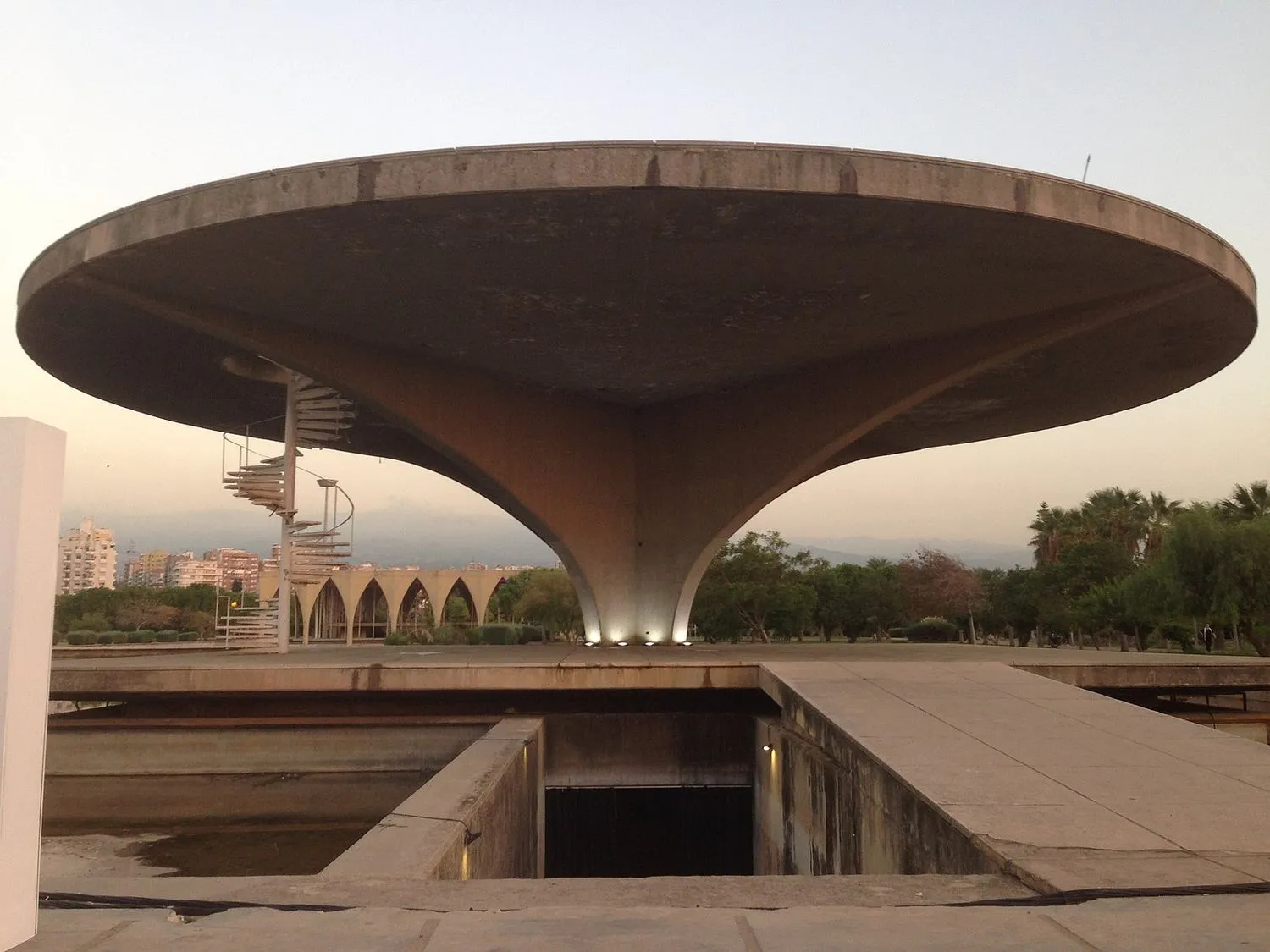
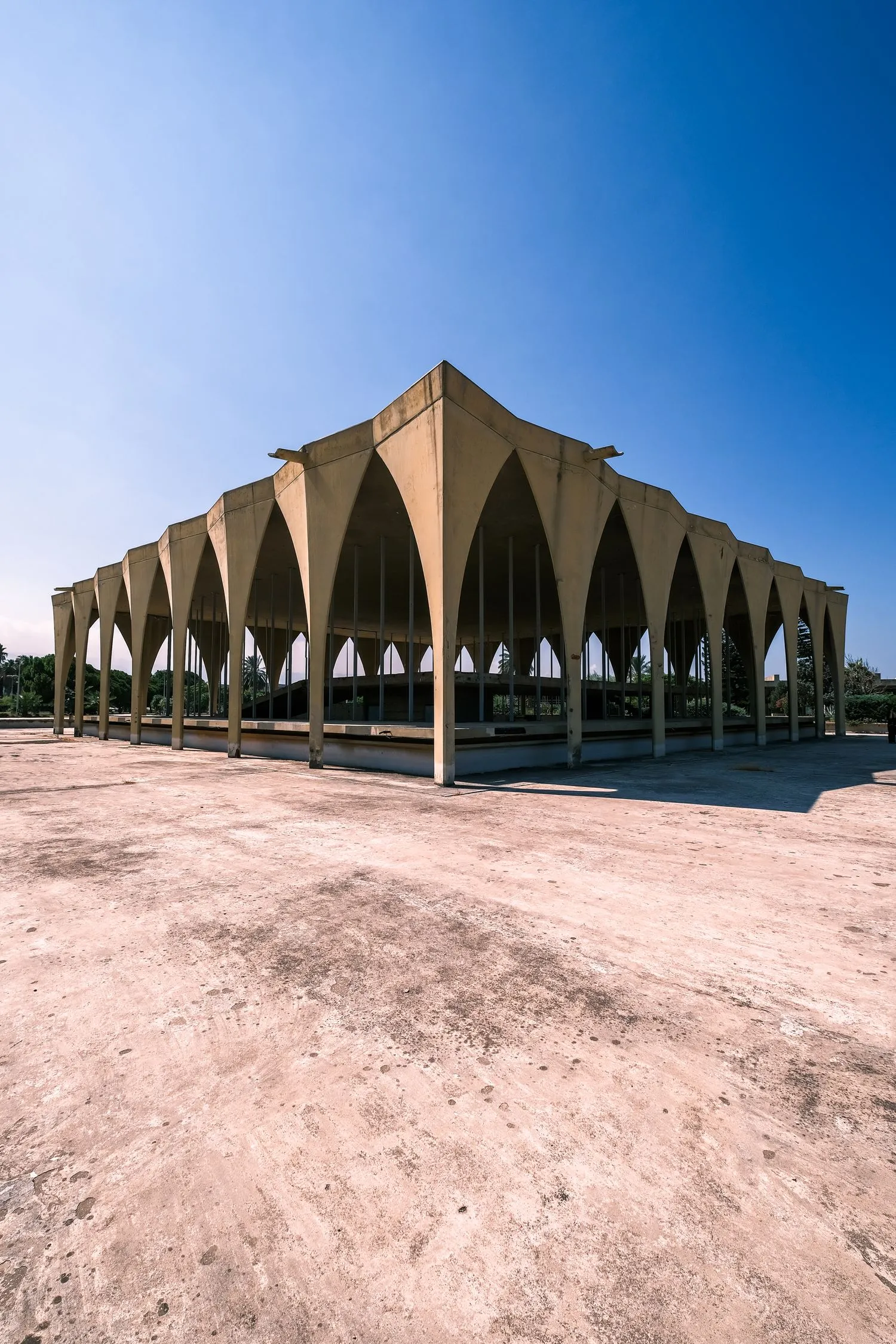
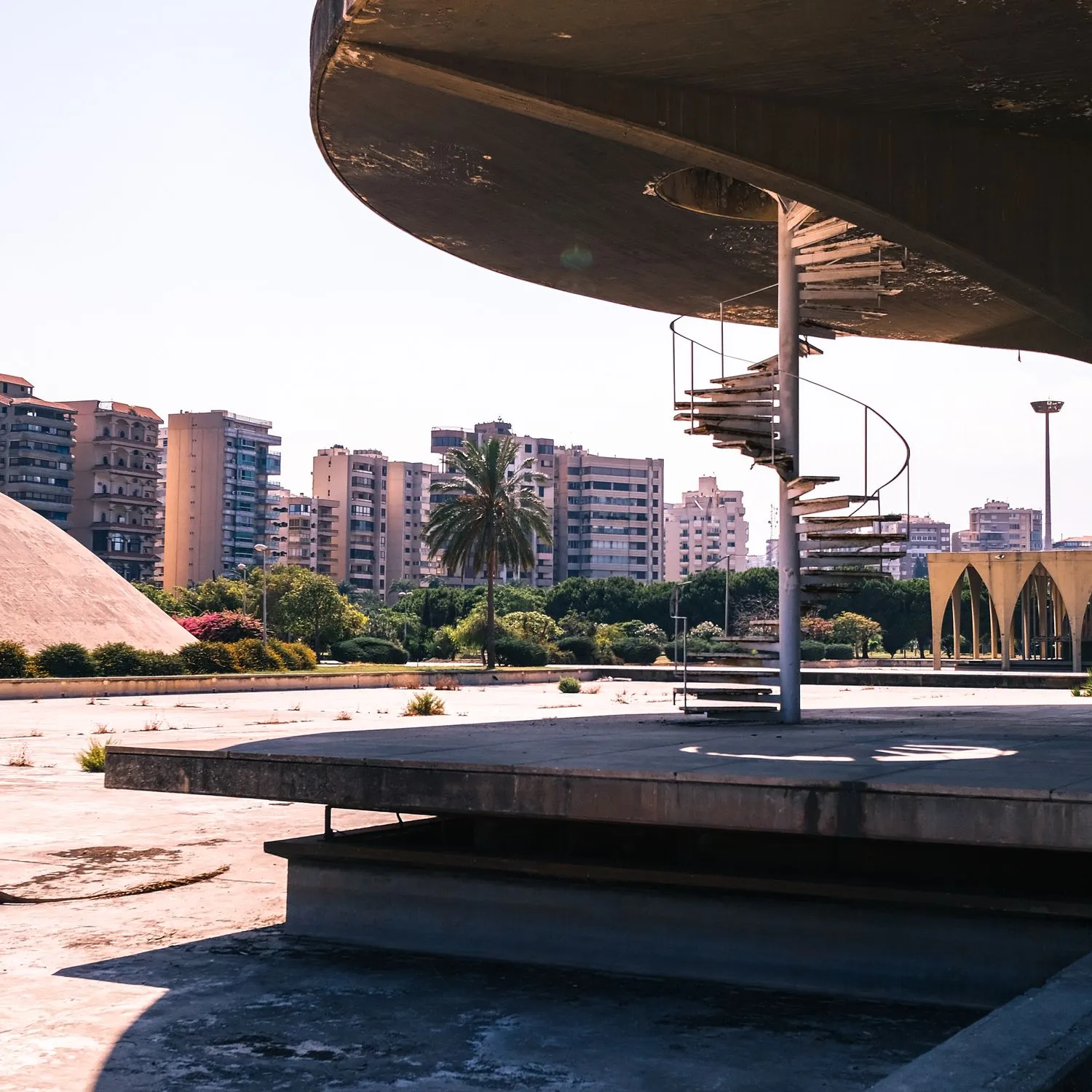
JM: This year, you're focusing more on architecture. The self-guided tour curated by MAFL takes us through Beirut's modern architectural legacy—from the early International Style to Brutalist landmarks. How do you see this tour reflecting the city's cultural identity, and the ambitions of the architects who built it?
SA: This particular tour was funny. During the test drive, it really hit me: Beirut used to be divided into West and East Beirut. Of the 53 buildings on the tour, 51 are in West Beirut, where most people lived, and only two are in East Beirut. It really shows how the city moved and expanded over time.
Now, many of these buildings are in ruins. We remember them, but most people don’t know who the architects were—they never got that credit.
MW: Exactly. When you see these buildings again, you realize we pass by them as if they don't even exist, because there’s so little education about them. Only a few people are trying to preserve them. The last thing anyone thinks about is a tour highlighting our modern architecture.
When we went on a hop-on, hop-off bus to see these buildings, I couldn't believe the layers of years and different architectural styles—the little "jewelry pieces" hidden in everyday life. We just don't notice them. Now, through these tours, we're trying to bring them back to life. I used to know a few of these buildings, but being on that boat, we were mesmerized the whole time—constantly saying, "Oh my god! Oh my god!"
SA: There's a stunning building in Beirut with windows that are all circles—we call it "Gruyère," like the cheese. Everyone knows it, but nobody knows the architect or how it was built. We just associate it with cheese. (laughs) That's why we need to educate people, and hopefully inspire someone to renovate these buildings before they collapse. Maybe we can even start a different movement. Since we have the time and space to do it, why not? (laughs)
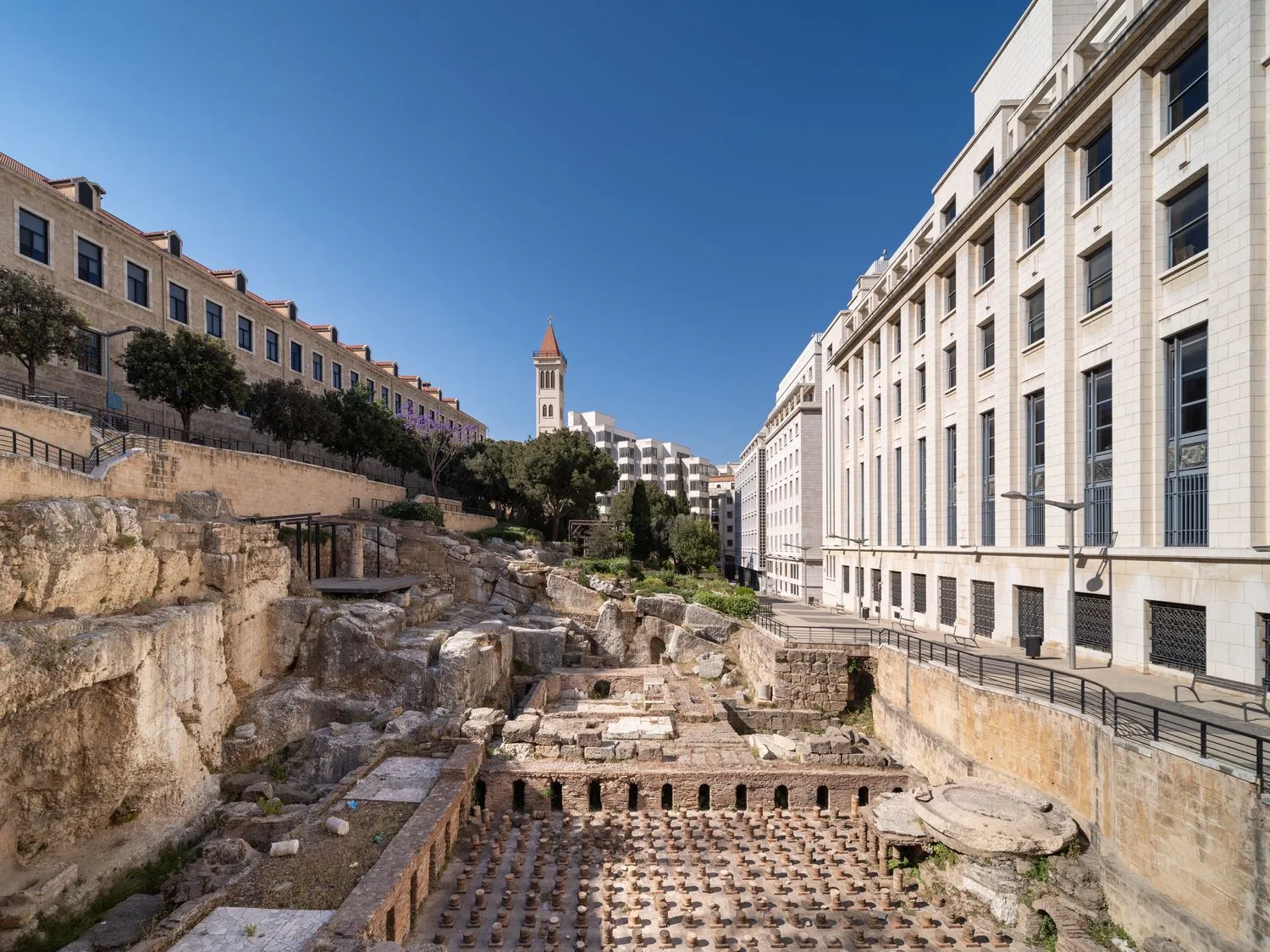
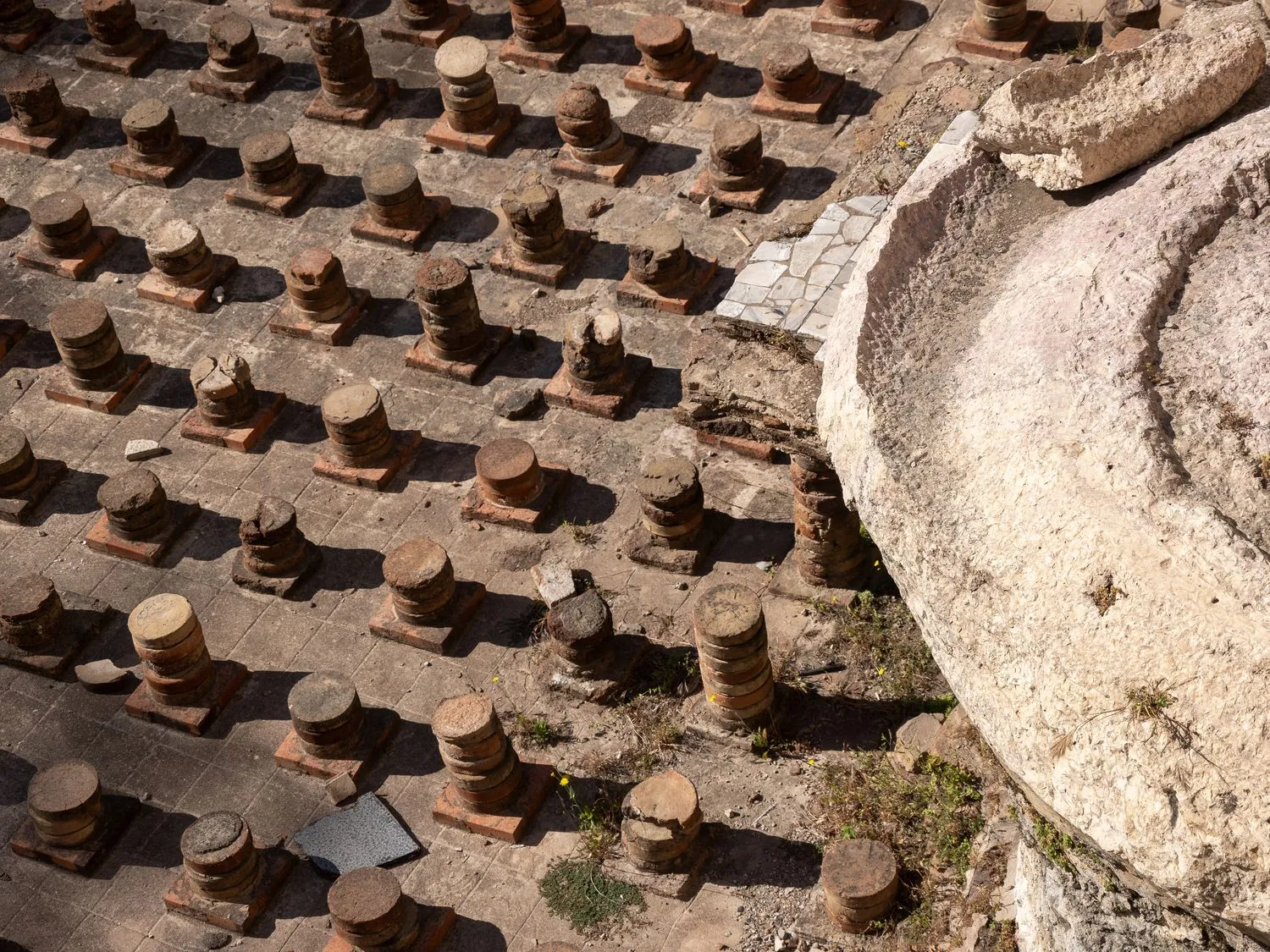
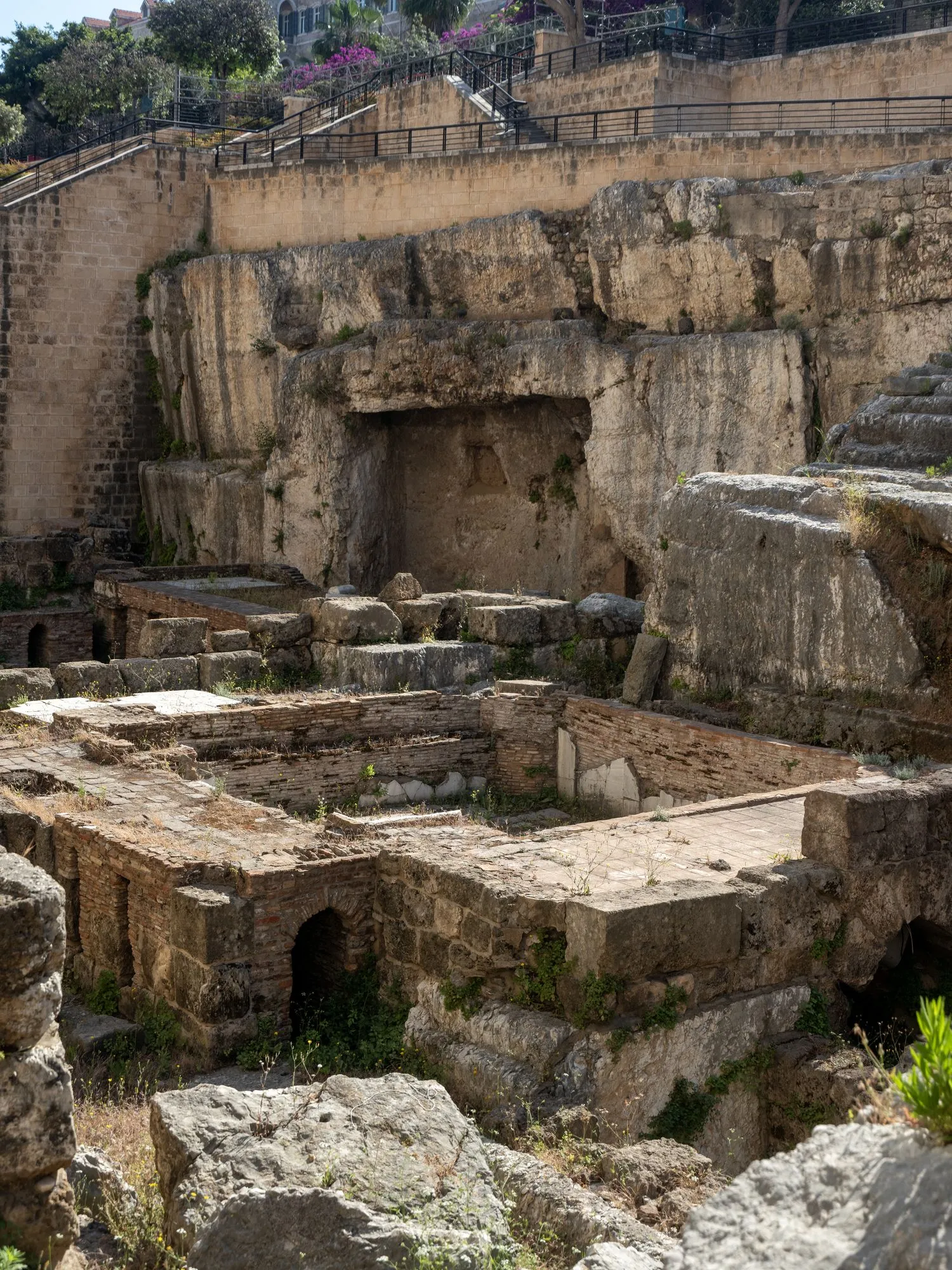
JM: We Design Beirut has always been as much about the city as it is about design. What do you hope visitors will take away from their experience now?
SA: I want people to see, live, and feel our Beirut—the authentic Beirut—through its culture, aesthetics, design, way of living… everything. We have a history that is truly global. For example, during my research, I discovered that the first piece of glass ever found in the world was in South Lebanon, around 1500 BC.
And the color purple—the dye—was also created in Lebanon. It was the most expensive dye in the world. The story of glassblowing here is fascinating: the Phoenicians had a campfire on the seashore, it got too big, and when they woke up, they found a chunk of glass. Today, the only glassblowing oven in Lebanon is in that same village.
We have a history to be proud of, and through We Design Beirut, we want visitors to feel that pride, get involved, care, and hopefully support initiatives that help build a better community.
JM: Yet this year, We Design Beirut will also venture beyond the city.
SA: To be honest, since we're talking about revival, we initially wanted to hold the first panel talk in Baalbek, at the Roman temples. But due to safety concerns in the south—areas that were heavily affected—we had to drop those two locations and instead added Tripoli and Ras El Metn.
MW: And this is just the beginning of what we plan to do in other cities next year. It might not always be in Beirut—we might take people to Jounieh, Chouf, or the south. We are exploring our own cities, their history, architecture, and everything in between. We want to move around the country—different villages, different flavors, small hotels. Visitors will stay there, discover these places, create a movement in the city, contribute to the local economy, and bring people in.
It won't always be about Beirut, because we're also educating ourselves about our country—its urban infrastructure, architecture, history, and the layers of thousands of years shaped by Ottomans, Byzantines, Christians, Muslims, and Druze who coexisted. That process of discovery is vital. Next year, we'll likely be outside the city, continuing this journey.
